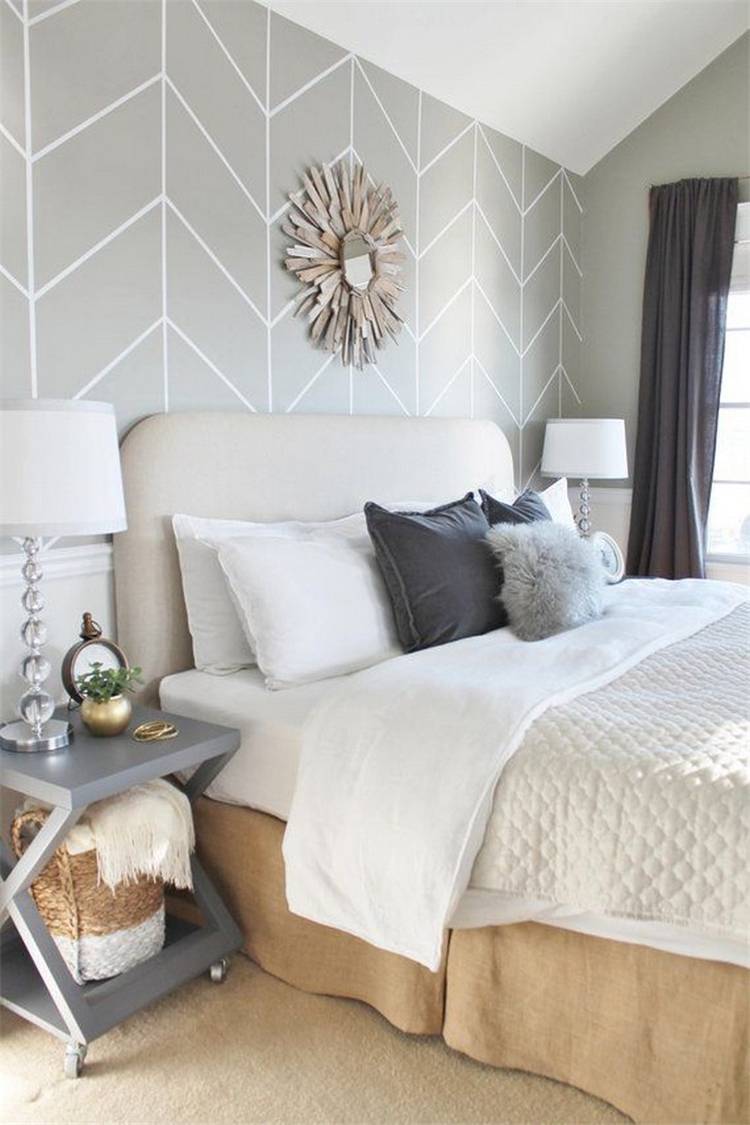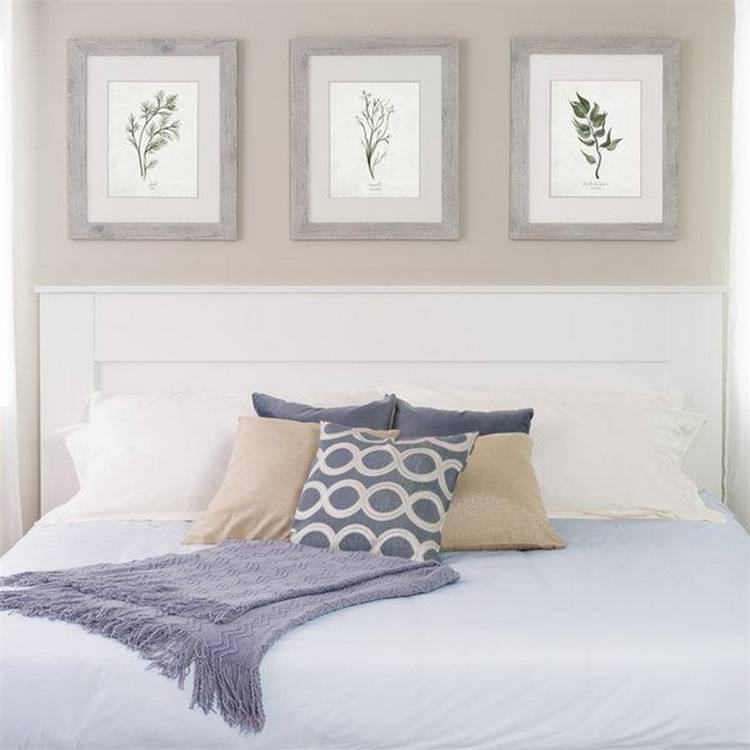The bedroom is a fantastic place which you will spend most of your time with. And it is very important to choose the suitable color you love most. If your bedroom doesn’t get plenty of pure light, going with white is an excellent option to continue to keep things bright. If you have small bedroom, then you need to use Sherwin Willian or Topsail to make your bedroom look bigger.
The color is so important, as for the arrangement, it is also important. Because the decoration on the walls and the chairs arrangement, they will make your bedroom comfy and you would love to stay inside all the time. So we need to arrange the decoration around the bed simple but good looking and the color will match the bedroom paint color.
Check the arrangements and colors we choose for you. They are the latest design and arrangement we have. You must like them and just get your bedroom have a new look! Enjoy!
Master bedroom design and decorating ideas
The first step when embarking on your master bedroom design is to create your overall plan for the room. Think of what kind of style you’d like. Modern? Rustic? Minimalist? The bedroom is always a fun room to decorate because it’s the most personal space in the house; you don’t have to give any consideration to what guests might think of it. It’s usually a good idea to keep bedroom design simple. If the room is very busy visually, you may find it distracting or overstimulating when what you probably want it to be is relaxing. Of course, this comes down to personal tastes.
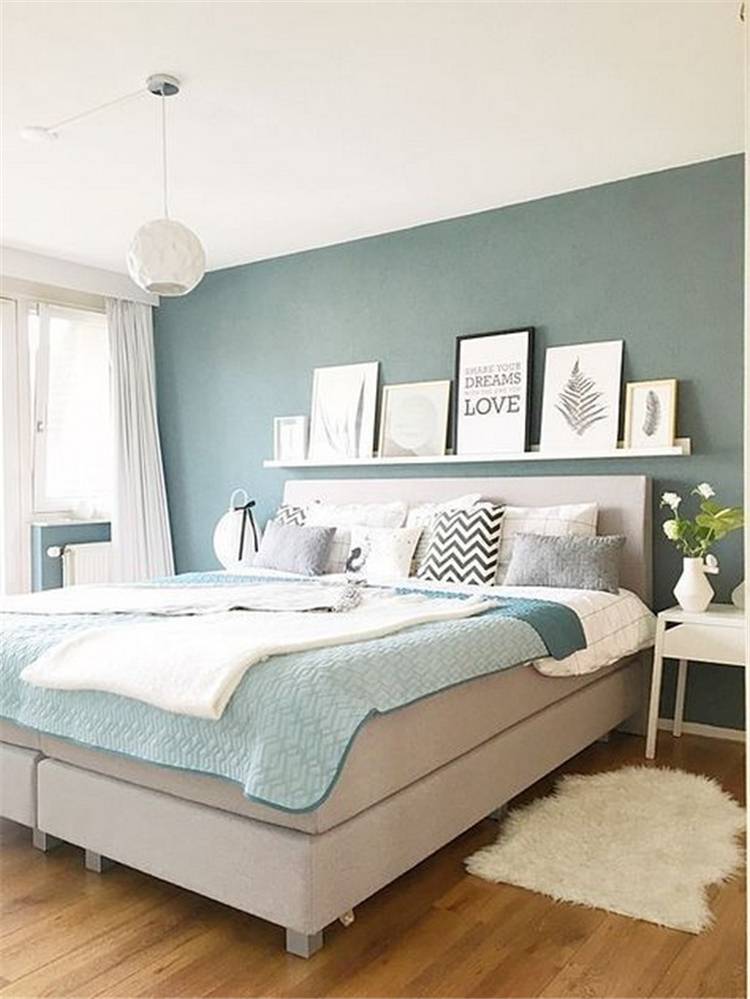

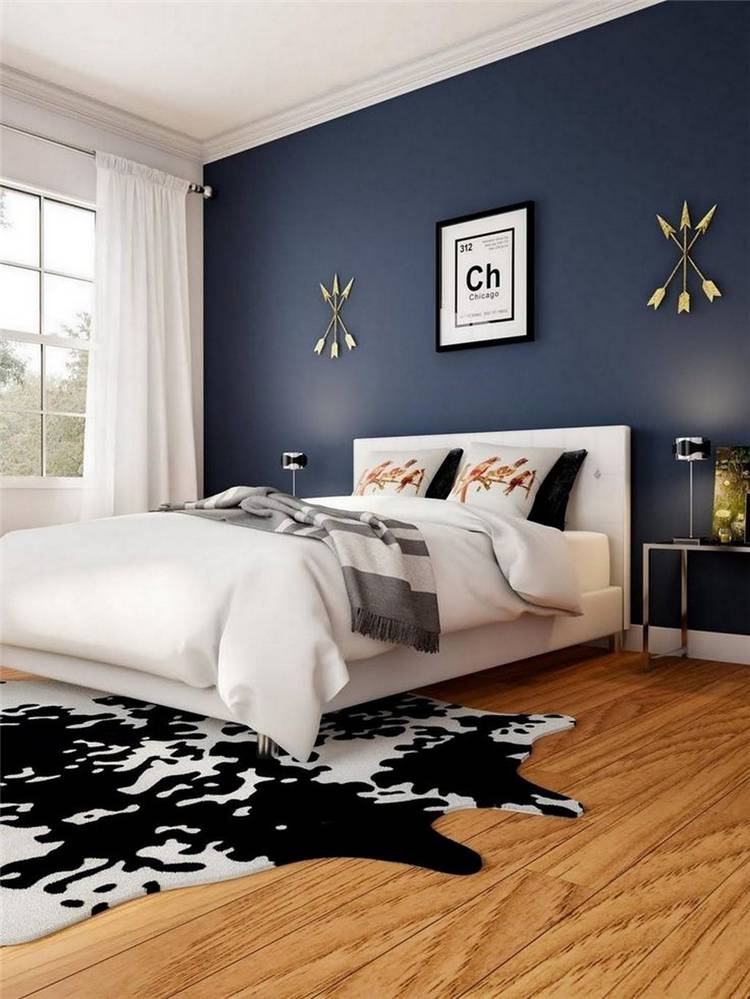

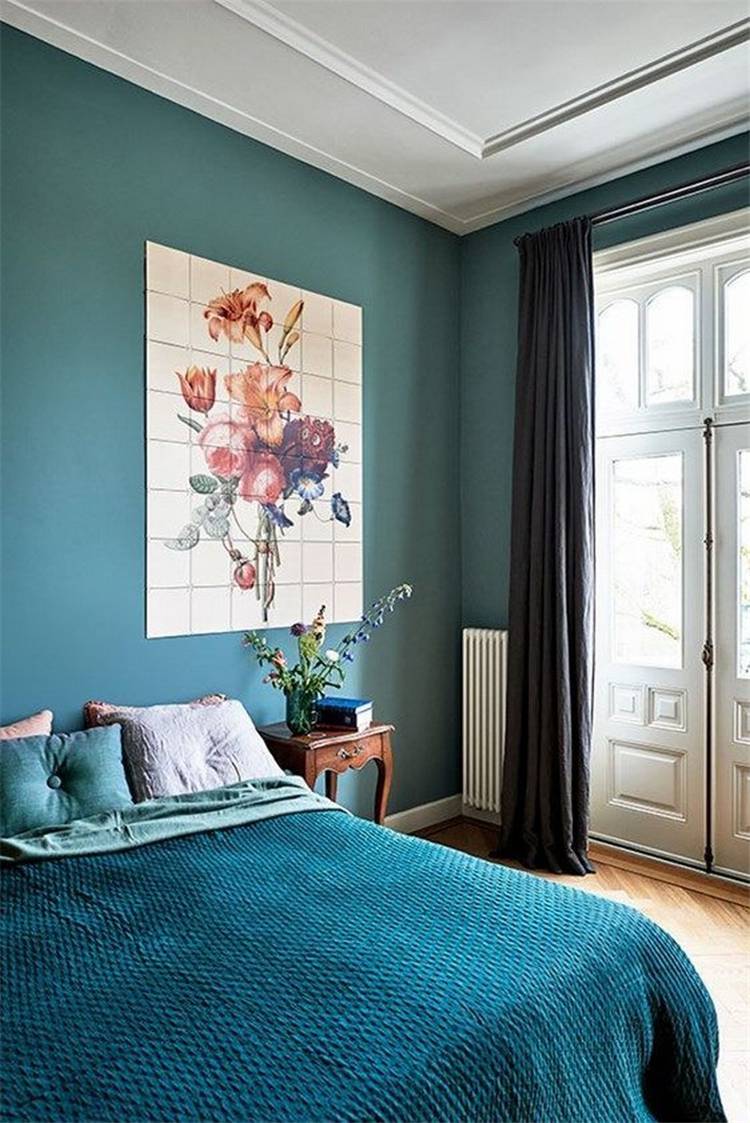
If you’re buying new furniture, you can buy each piece individually or purchase a bedroom set. Either approach is fine, and depends on if your planned style involves matching furniture or incorporating different styles. When choosing your furniture, make sure it’s appropriately-sized for your bedroom. You might not want a California king bed in a tiny condo bedroom. If your bedroom has high ceilings, an elegant canopy or four-poster bed is a great idea.
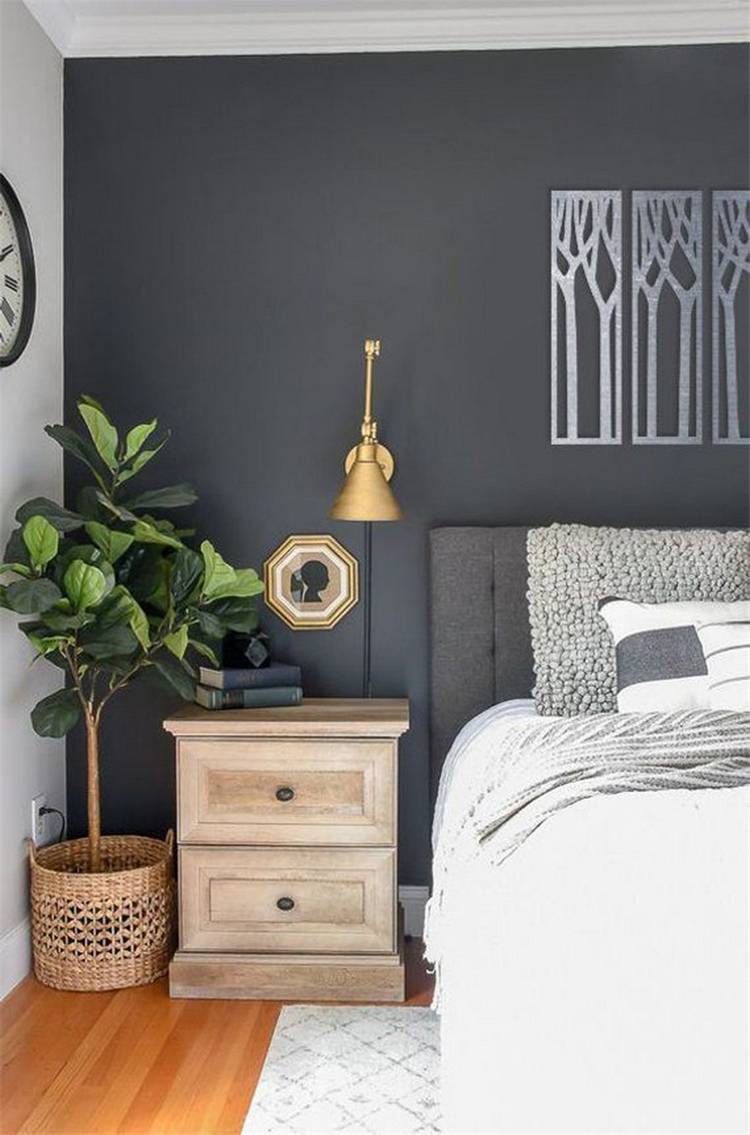
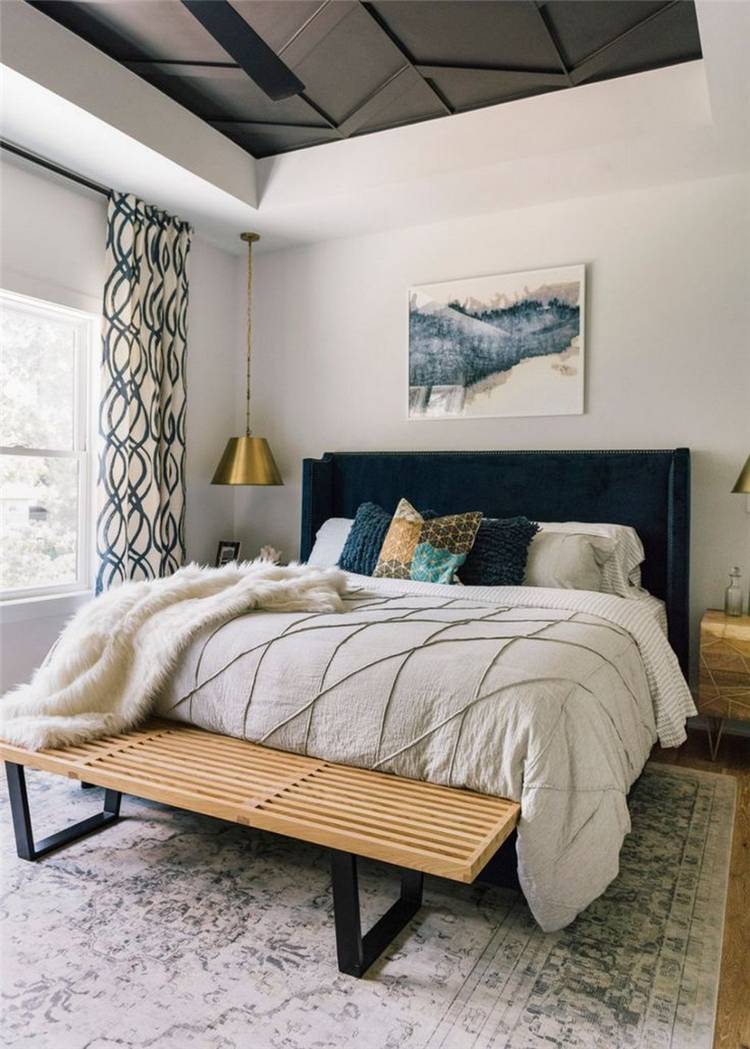
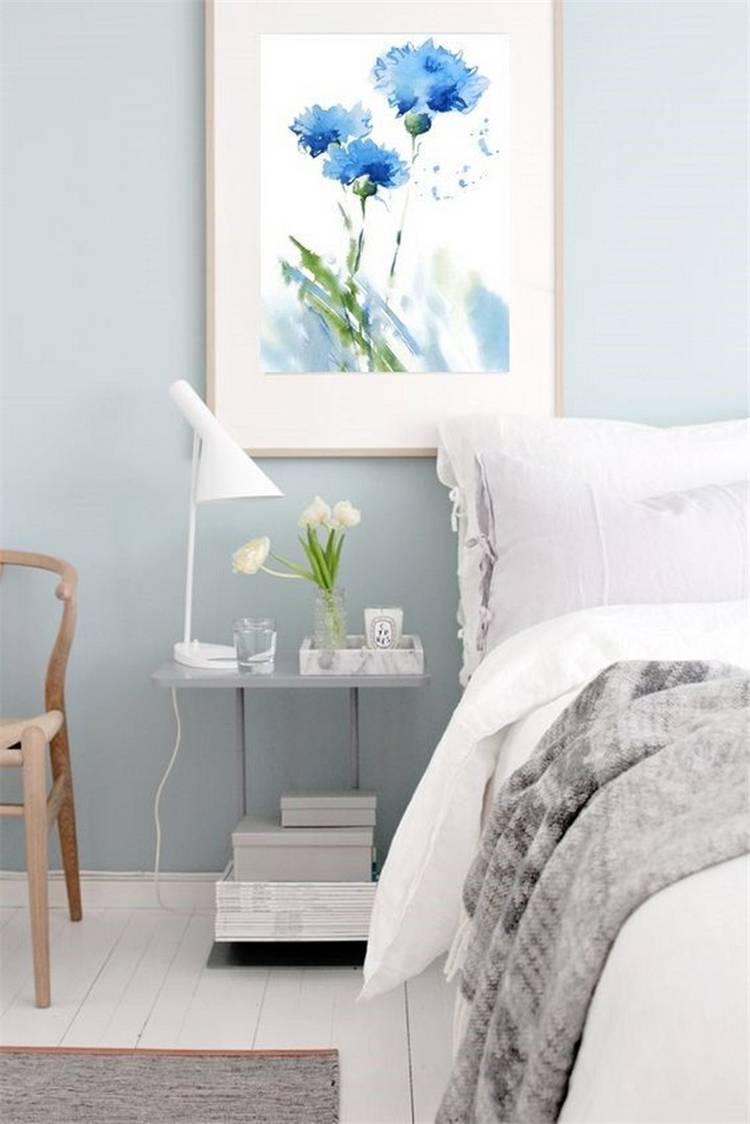
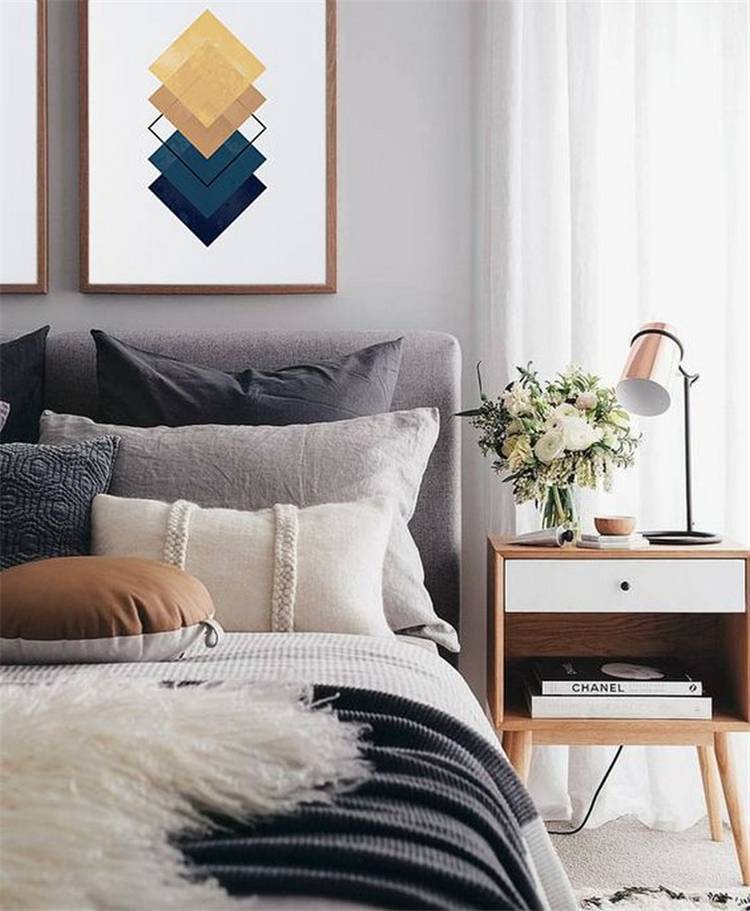
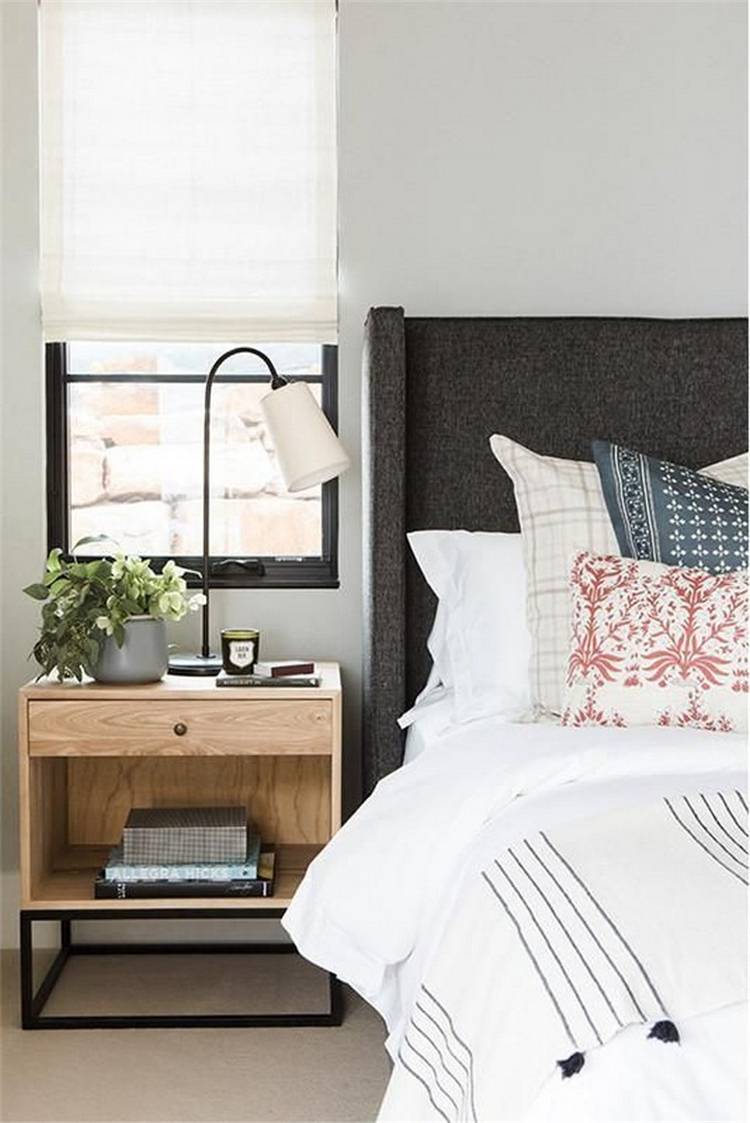
Remember the practical side of your furniture as well as the aesthetic side. If you know you’ll spend a lot of time reading in bed, look for a cushioned or ergonomically-shaped headboard on your bed. If your bedroom is on the smaller side, consider a headboard with built-in storage space. A trunk for the foot of the bed is a classic decorating idea, and provides great storage space for extra bedding.
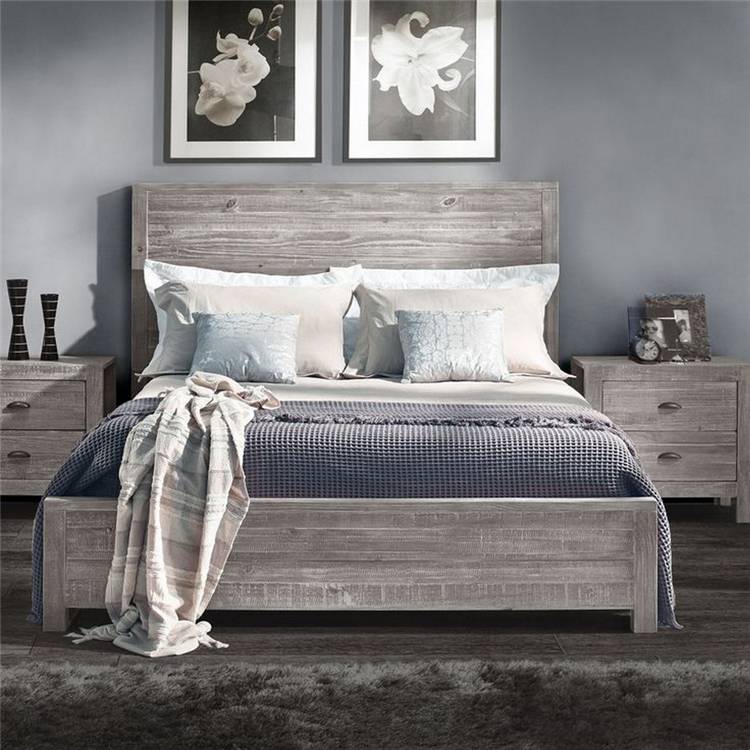
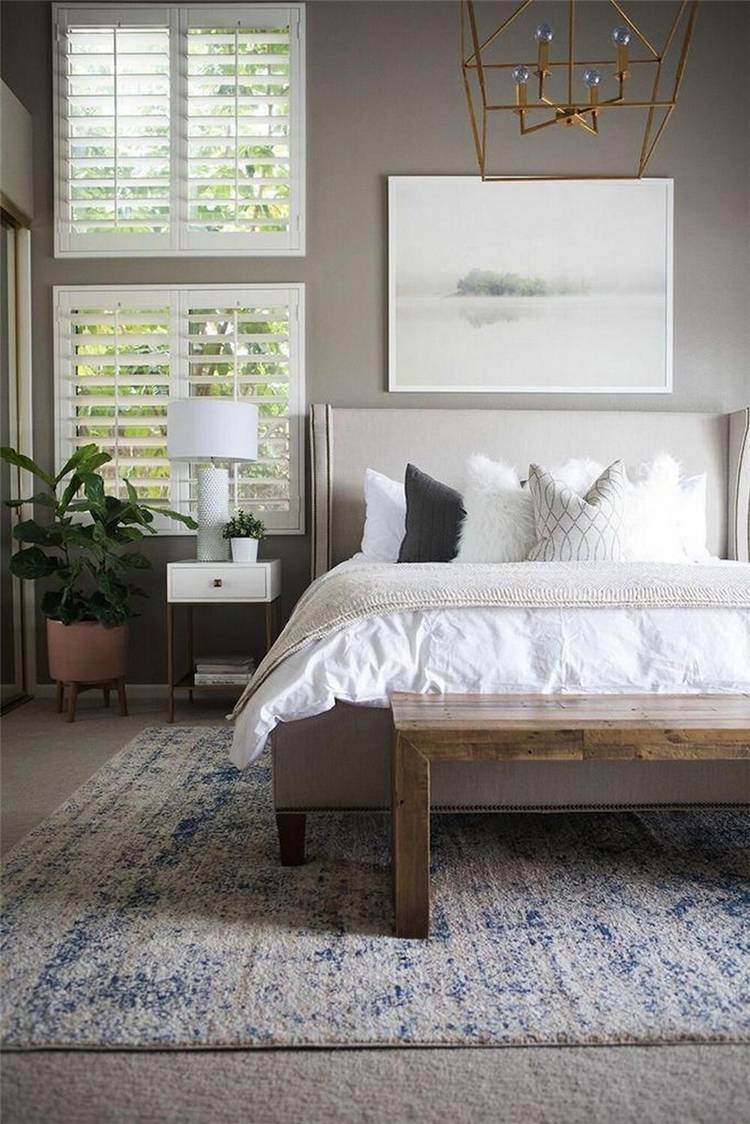

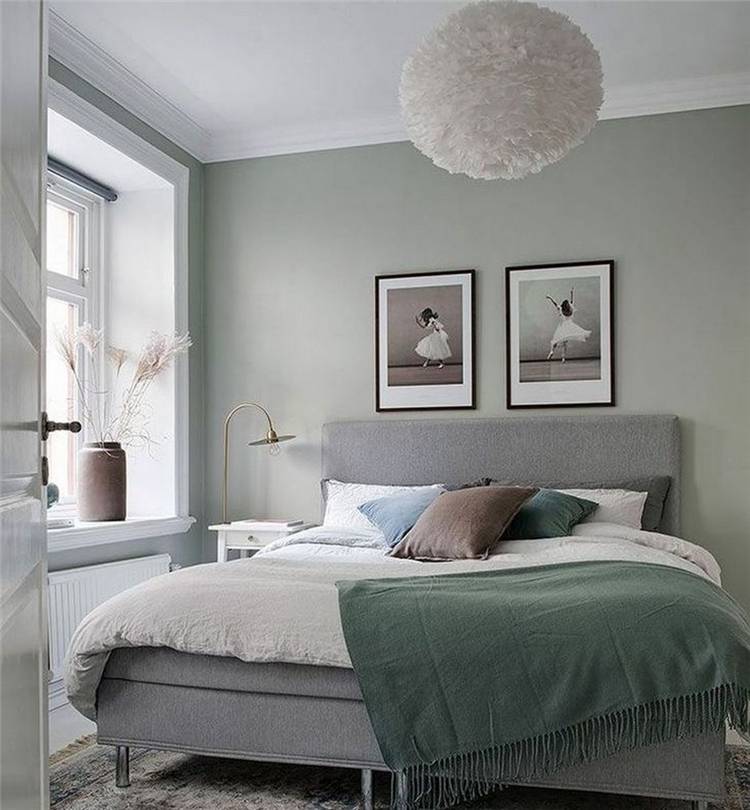
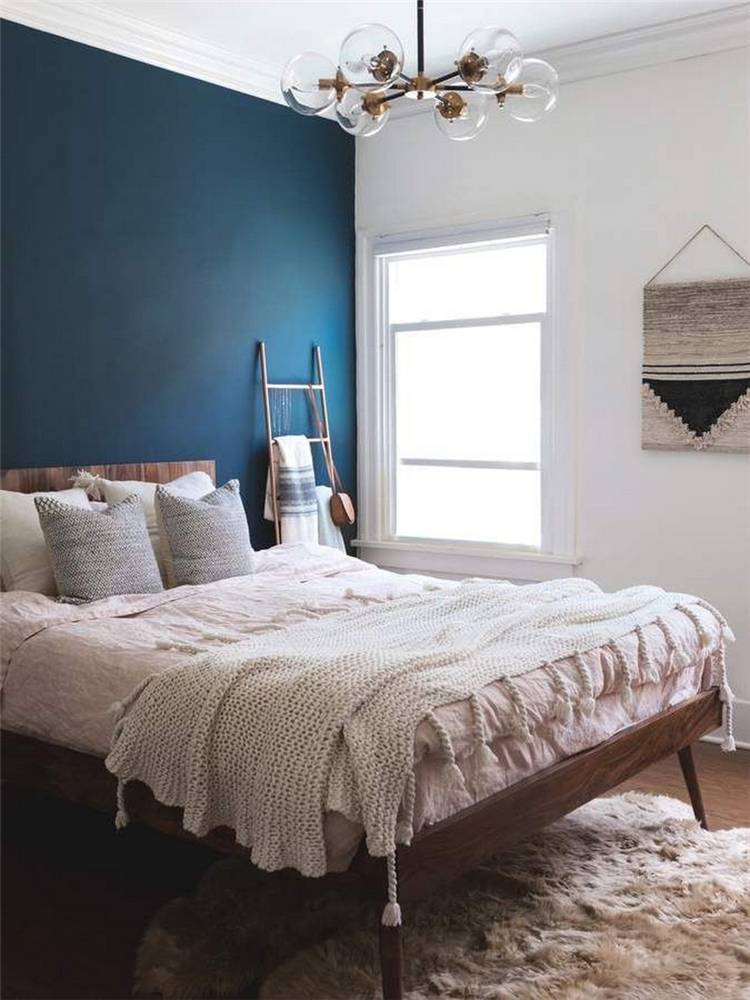
Colour ideas
Choosing the right colours will be a big part of your décor scheme. In addition to choosing colours for your walls, floors and ceiling, remember to coordinate the colours of your furniture, your bedding, and your decorations.
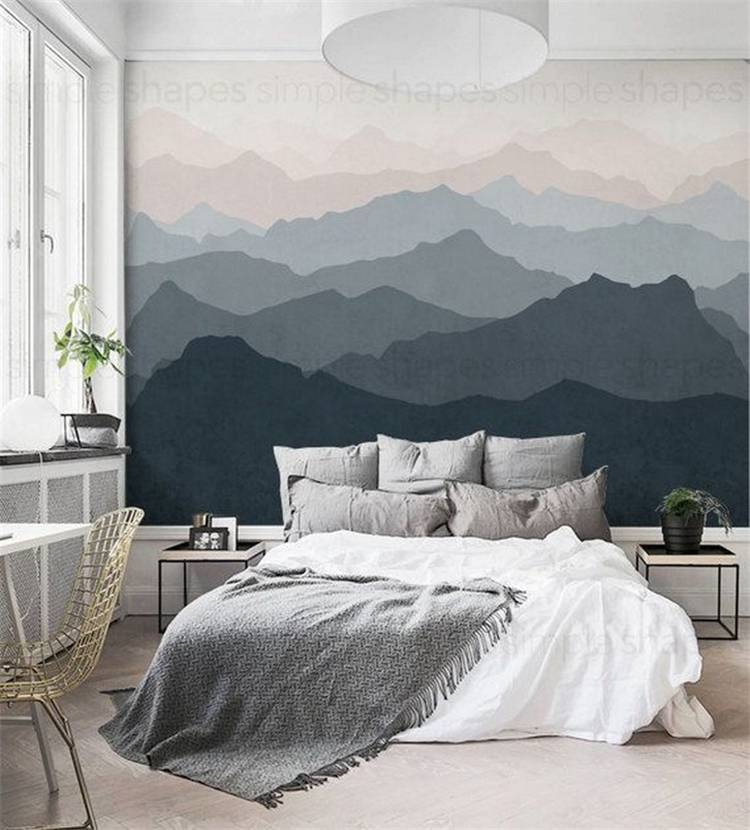


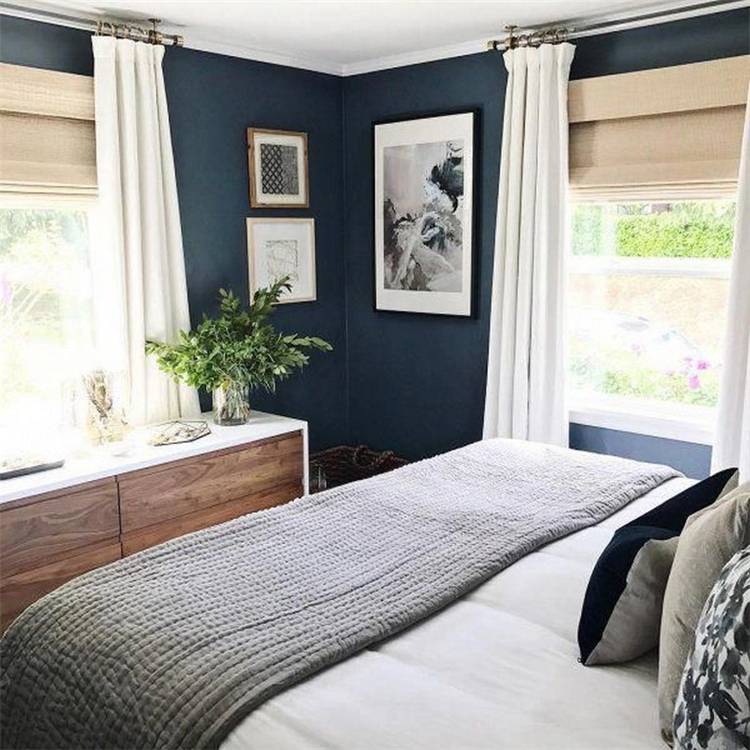
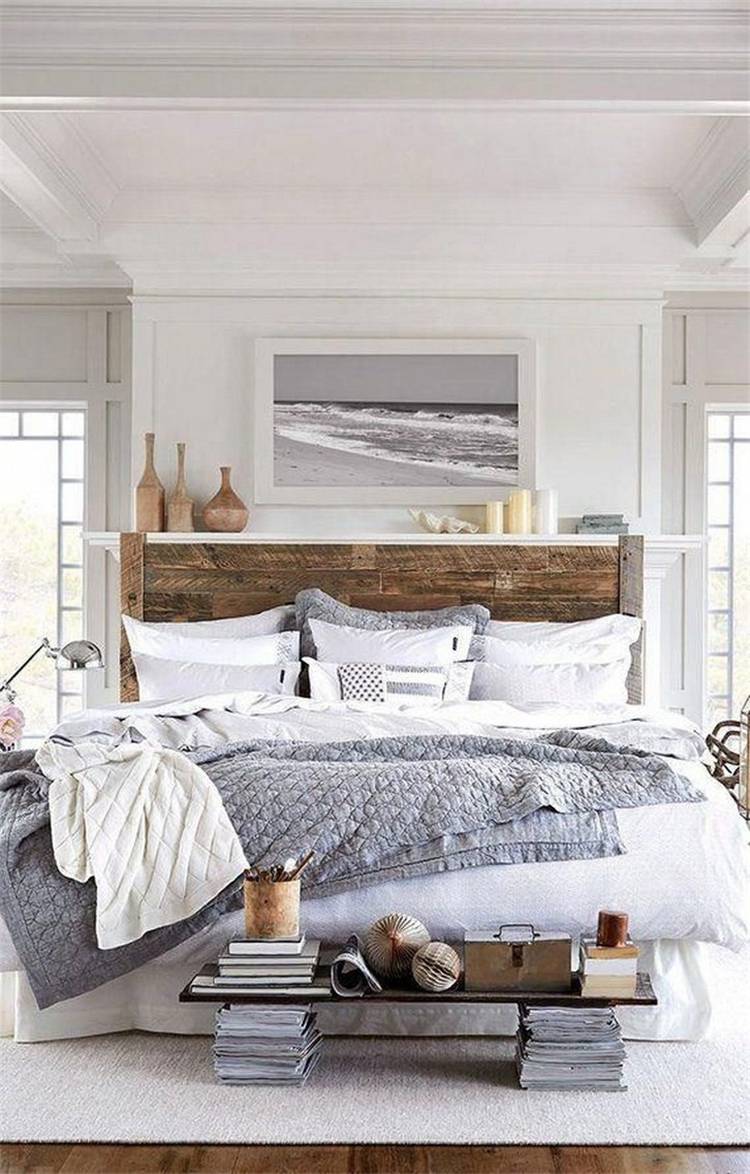
When it comes to bedrooms, muted colours are often the best choice. Overly-bright shades can be too stimulating, which is exactly what you don’t want in a room that’s supposed to be relaxing. It’s never wrong to utilize your favourite colour in your bedroom. It can be daunting to choose a colour for your room; after all, there are limitless options and no right or wrong answers.
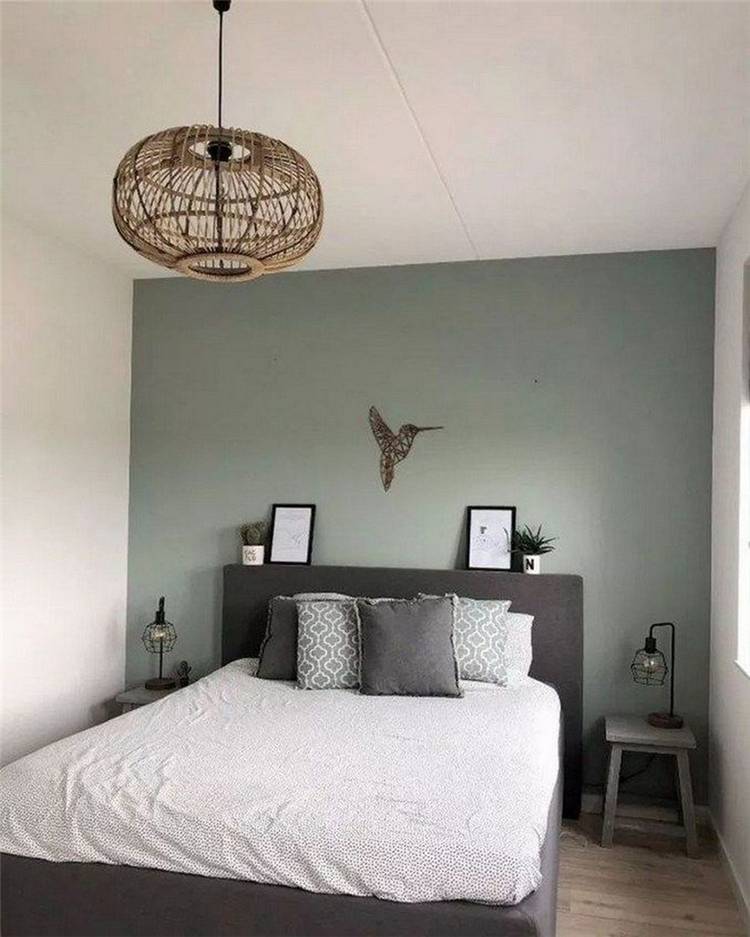


Blue is always a nice colour for bedrooms. Blue promotes positivity and relaxation, calling to mind clear skies and calm waters. Green is also very calming, invoking feelings of nature and freshness. Purple is a bold choice, but different shades of purple can also be relaxing (like lavender) or elegant (royal purple). Avoid mid-shades of purple with lots of red in them, as these can be overstimulating. Silver and other metallic colours aren’t ideal as primary colours, but they work great as accents. One of the best choices for a master bedroom is brown, or other earthy tones. They’re warm, neutral, and easy to design around.
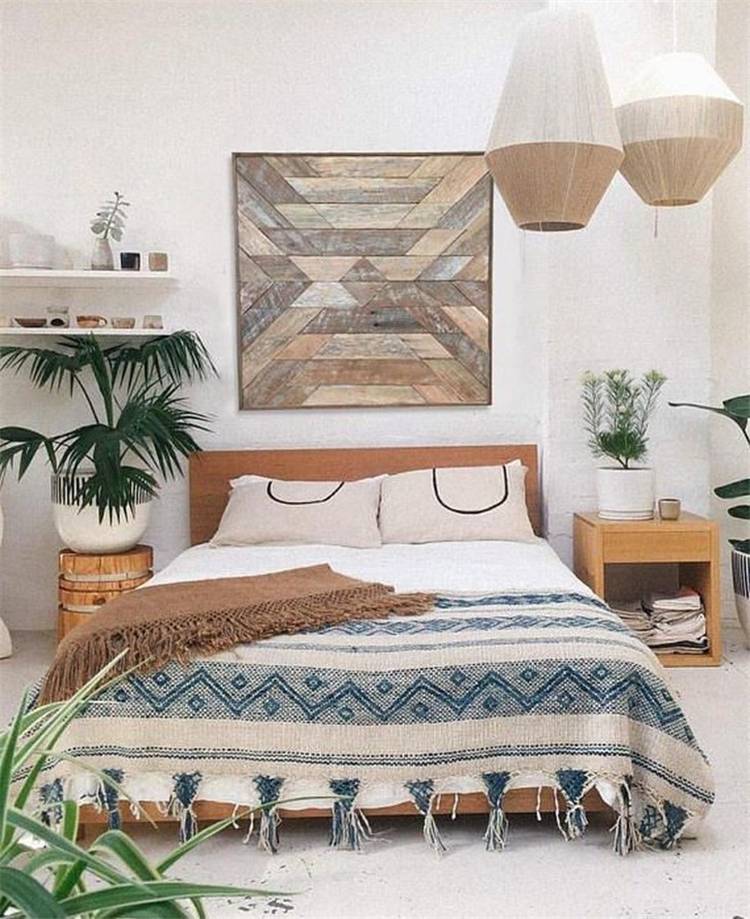
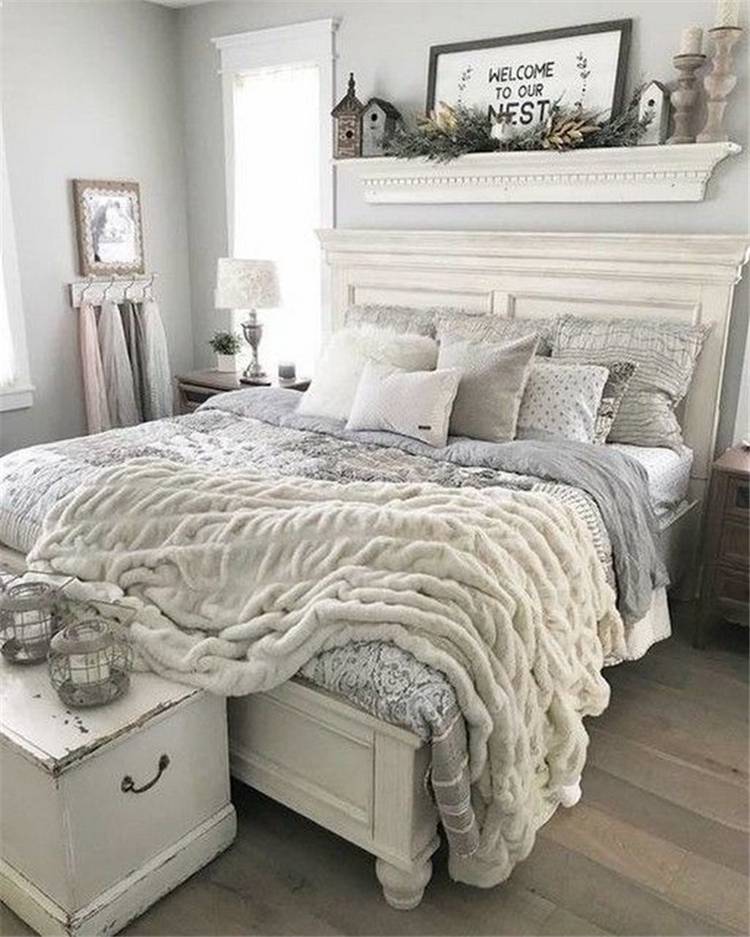
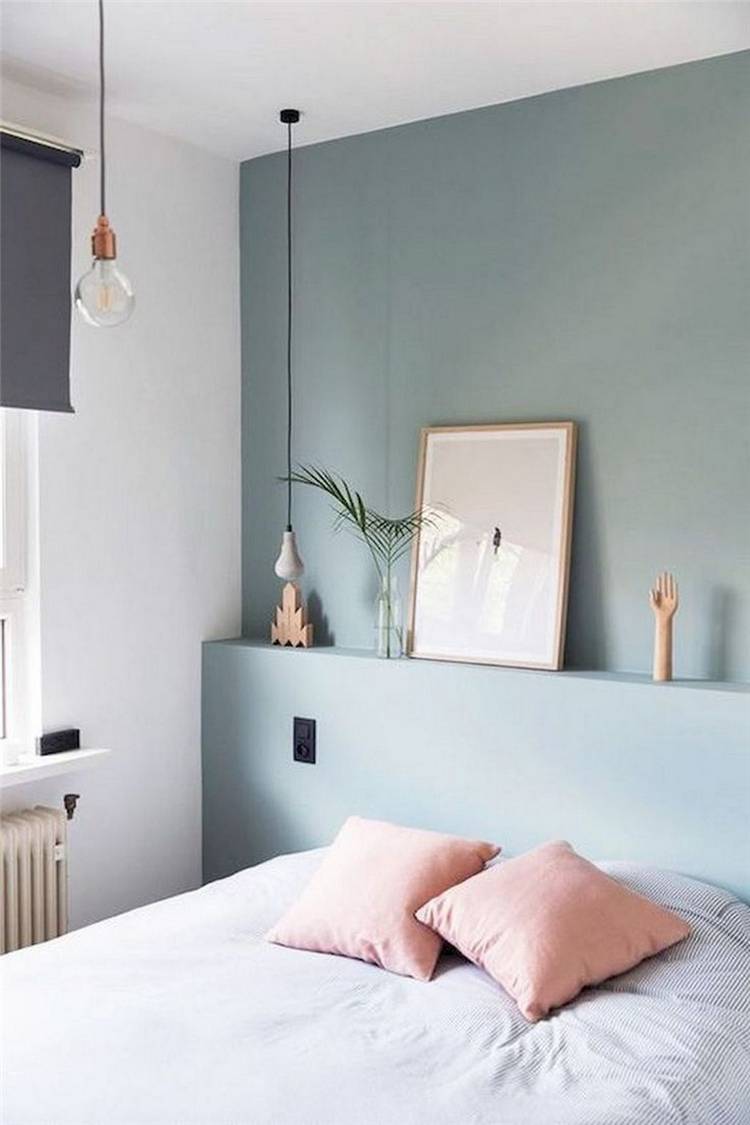
If your master bedroom has an ensuite, it’s usually best if it doesn’t match your bedroom. Choose a different (but harmonious) colour scheme for the bathroom.
Curtain ideas
With an overall theme and a colour scheme chosen, you can start choosing more specific items, like curtains. The right curtains are more than just a way to keep light out; they’re an integral part of the bedroom’s design. The style of your curtains should match your overall theme. For example, go with pleated curtains for a traditional style. Curtains hung with tabs or eyelets lend a more modern look to your window dressings.
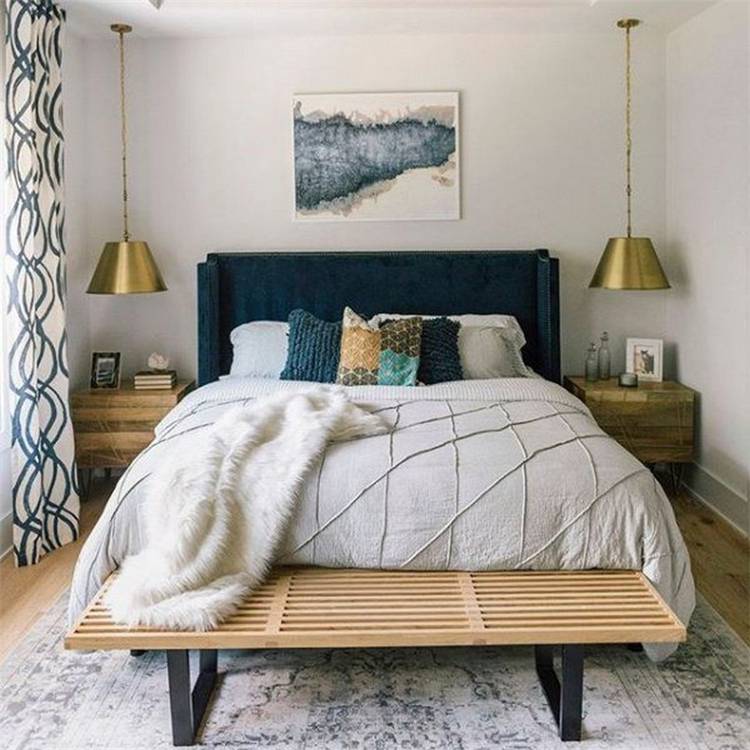
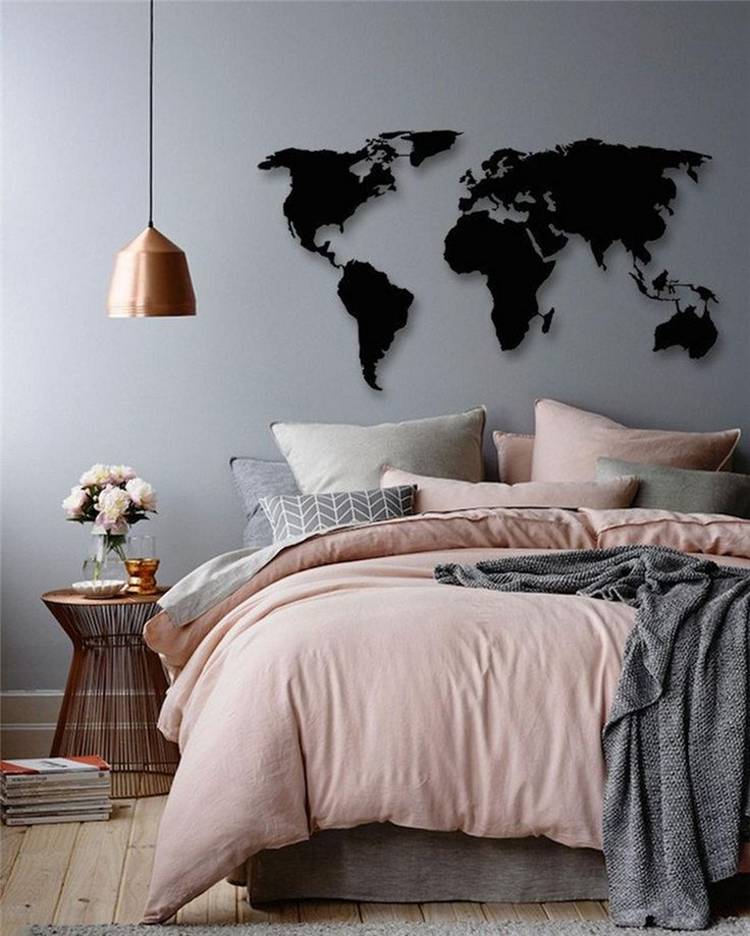
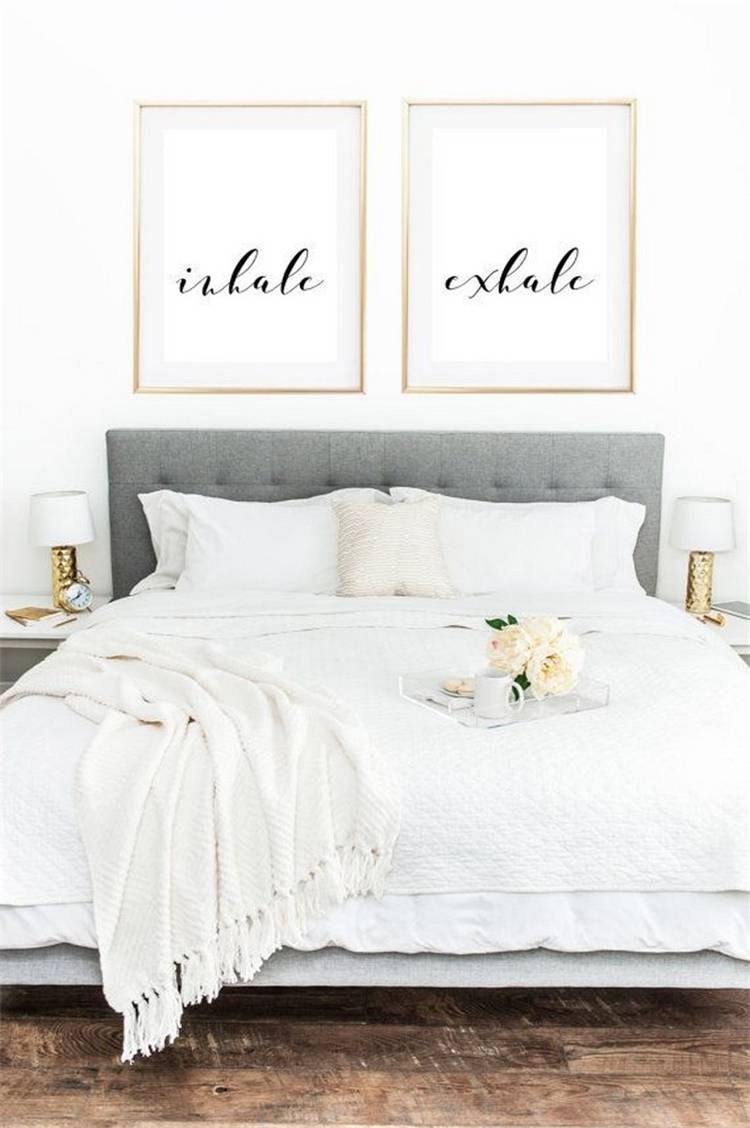
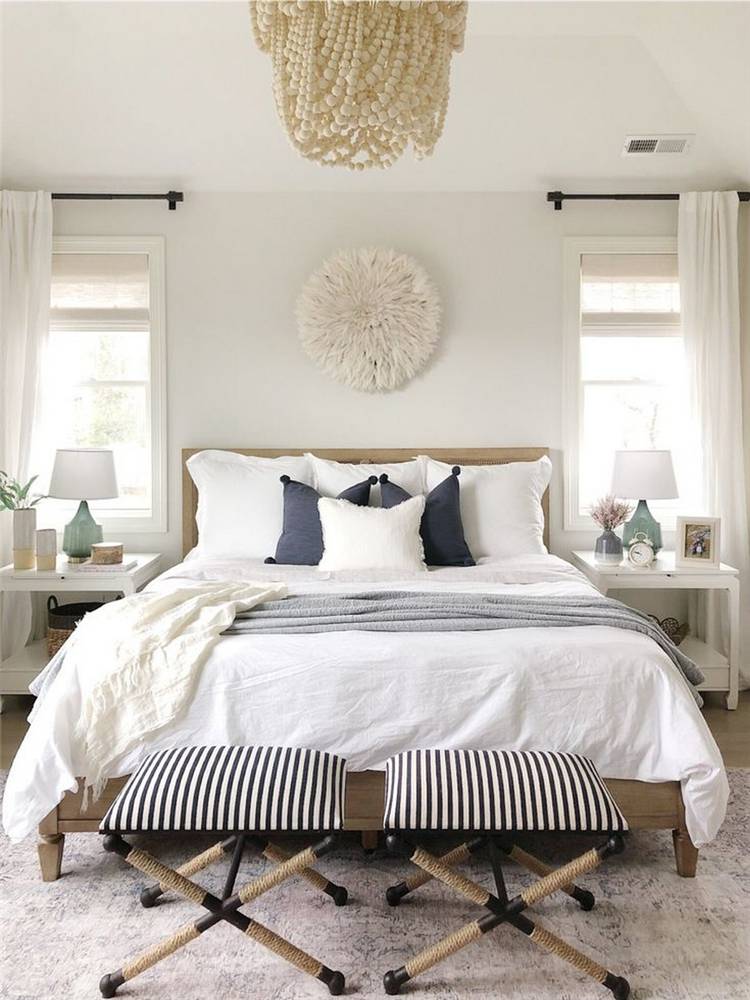
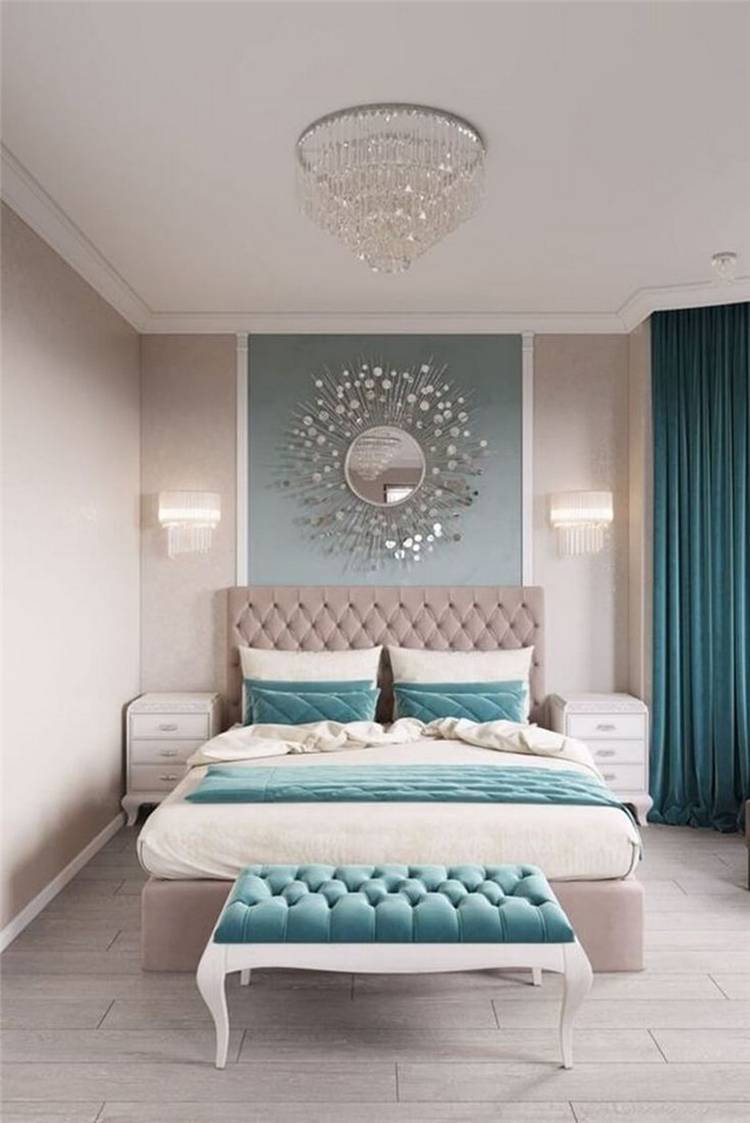
If you want to take your bedroom curtains to the next level, you can add pelmets or valences to hide the curtain rod from view. These types of window treatments are particularly good if your room doesn’t have any fancy architectural features.



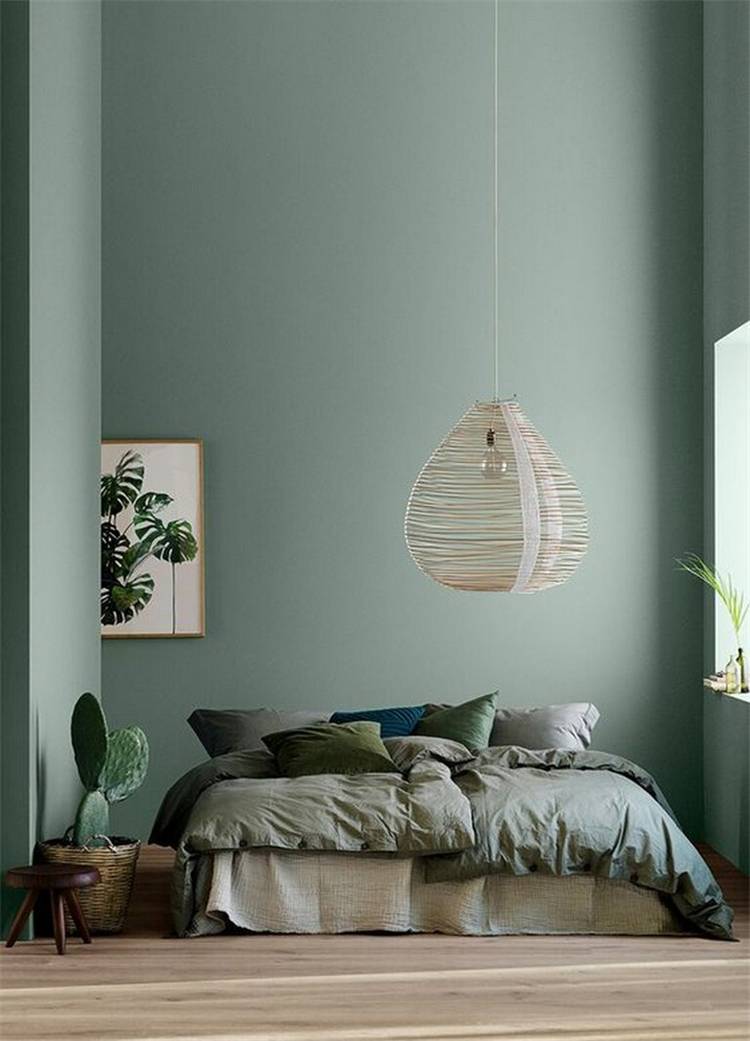
Bedding ideas
Bedding is a unique part of bedroom design, since comfort and warmth are probably much more important considerations than visual appeal. That being said, bedding is a huge part of the visual style of the room, so don’t neglect appearance when you’re choosing the coverings for your bed.
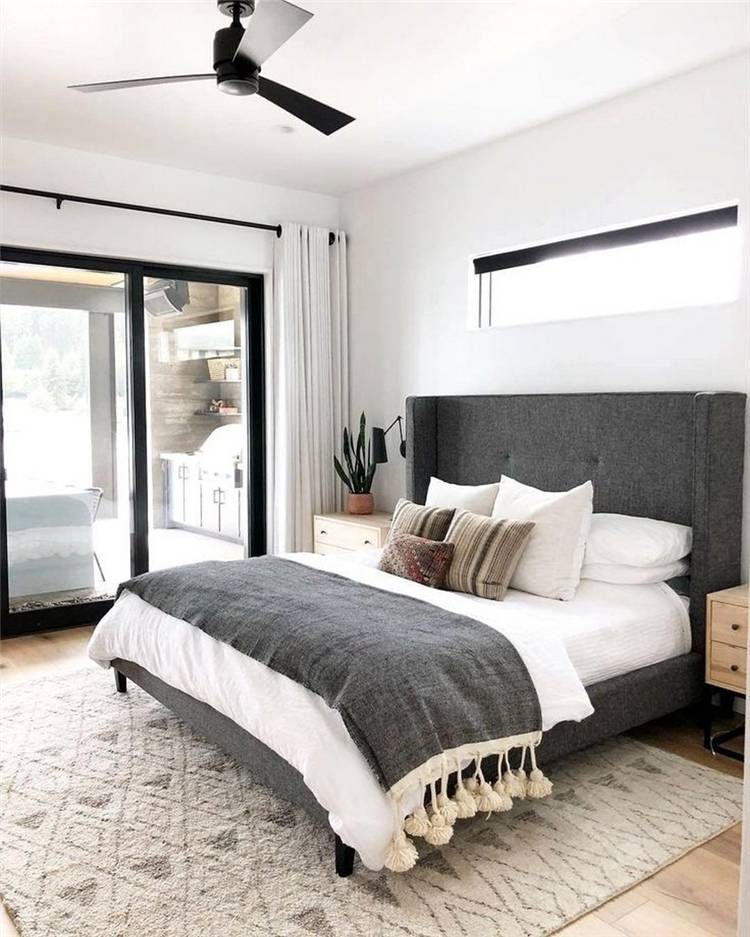
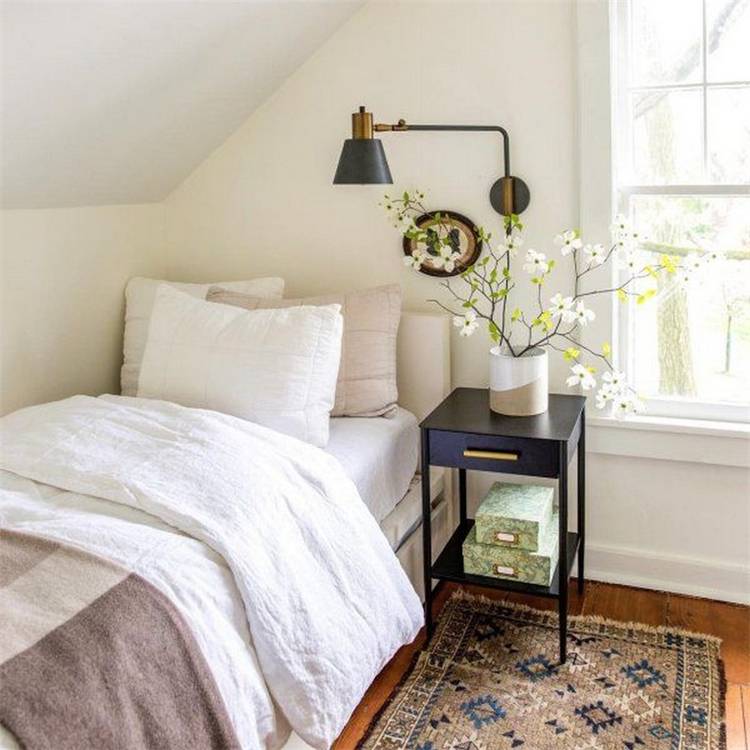
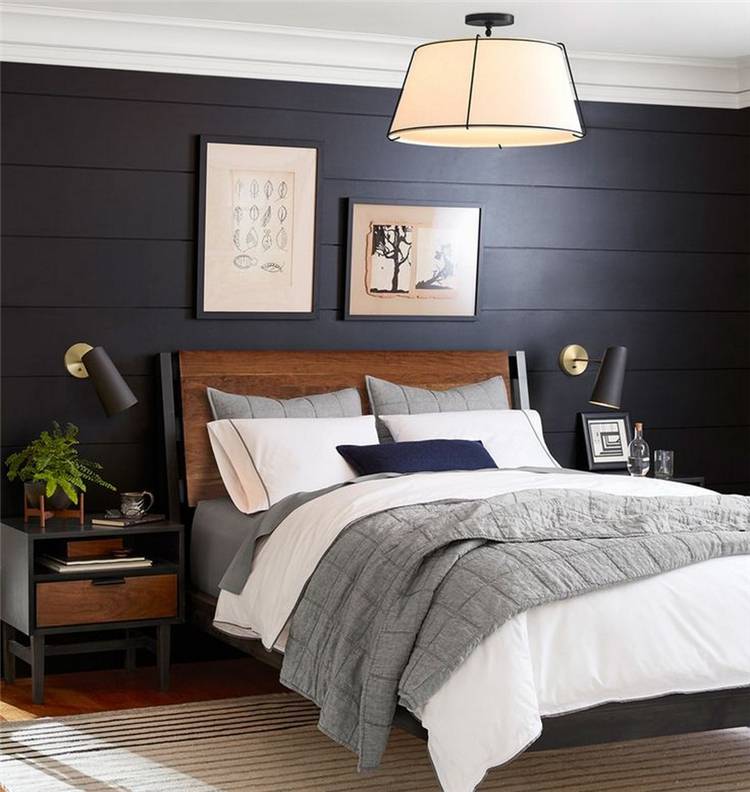

When it comes to bedding, don’t cheap out. Nicer coverings will cost more, but they’ll also be more comfortable and more durable than cheap fabrics. Look for 100% cotton bedding, with a thread count in the neighbourhood of 350 (or higher). Of course, thread count isn’t the only thing that matters; the fabric weave is a factor as well. Combed cotton is always a great choice. Even at thread counts of 300-400, combed cotton is a brilliantly strong and soft fabric.
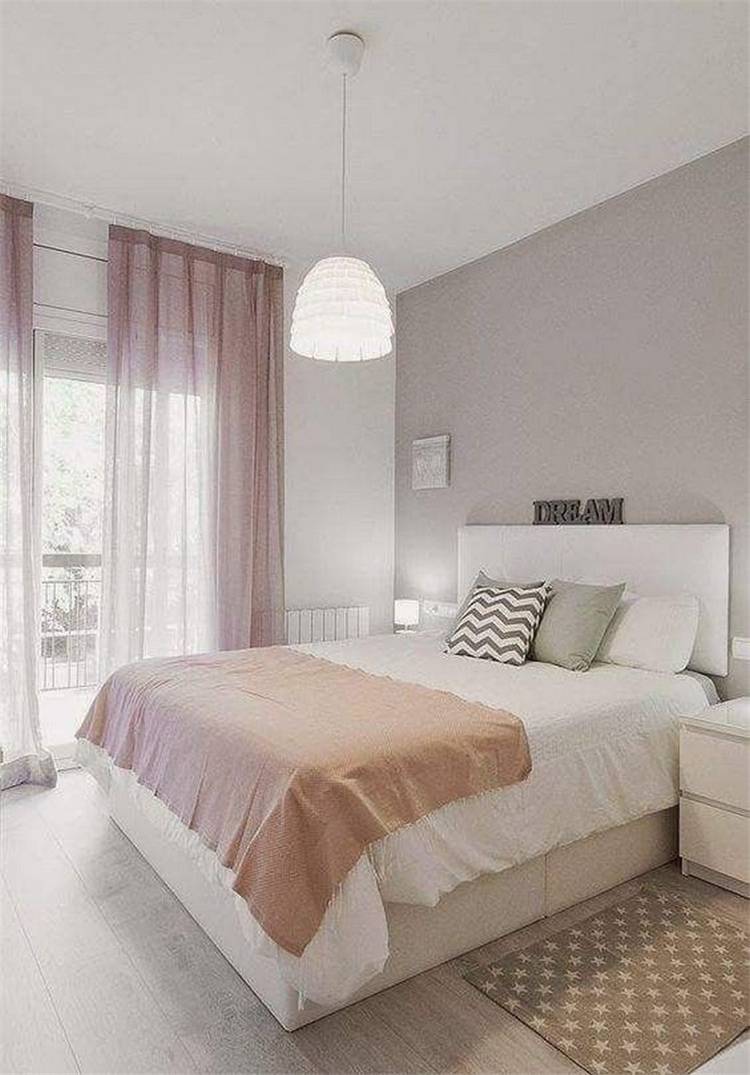

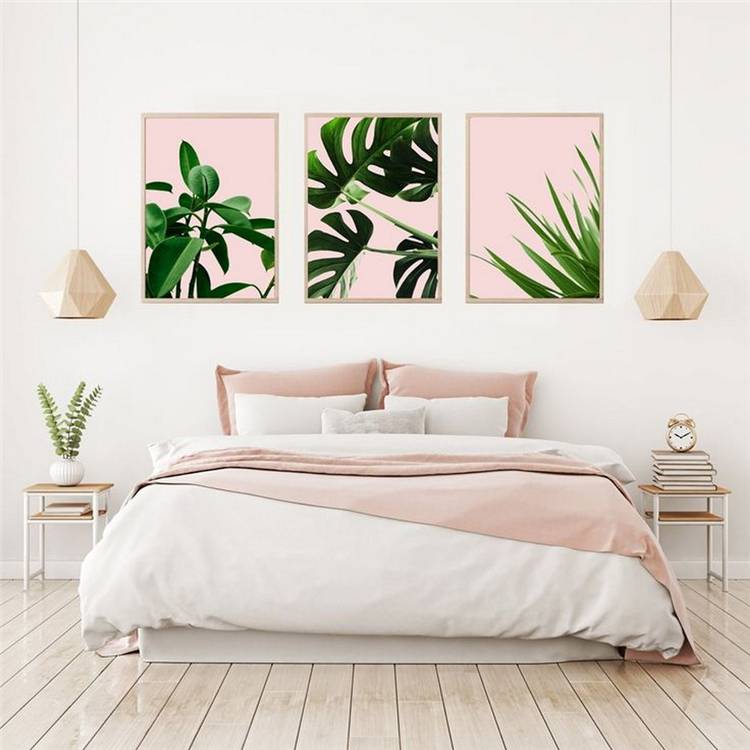
When you find sheets that you like, buy multiple sets. In a perfect world, you’ll have three sets of bedding: one for the bed, one for the closet, and one in the laundry (though two sets is probably just fine).
Of course, there’s more to bedding than just sheets; your bedspread is going to be the part that actually shows. It can be difficult to decide on what topping to buy for your bed. Duvets, bedspreads, coverlets, quilts… which is the right choice? It depends on the climate you live in, as well as the current season. You’re probably going to need both a summer and a winter bed covering. Duvets with covers are a versatile choice since you can find a cover matching any room décor and change up the insert seasonally.
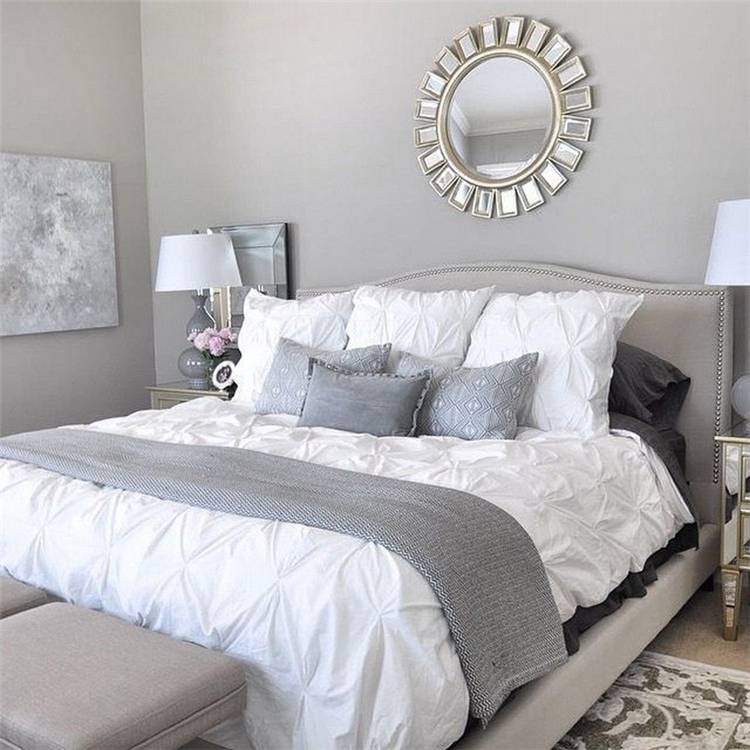
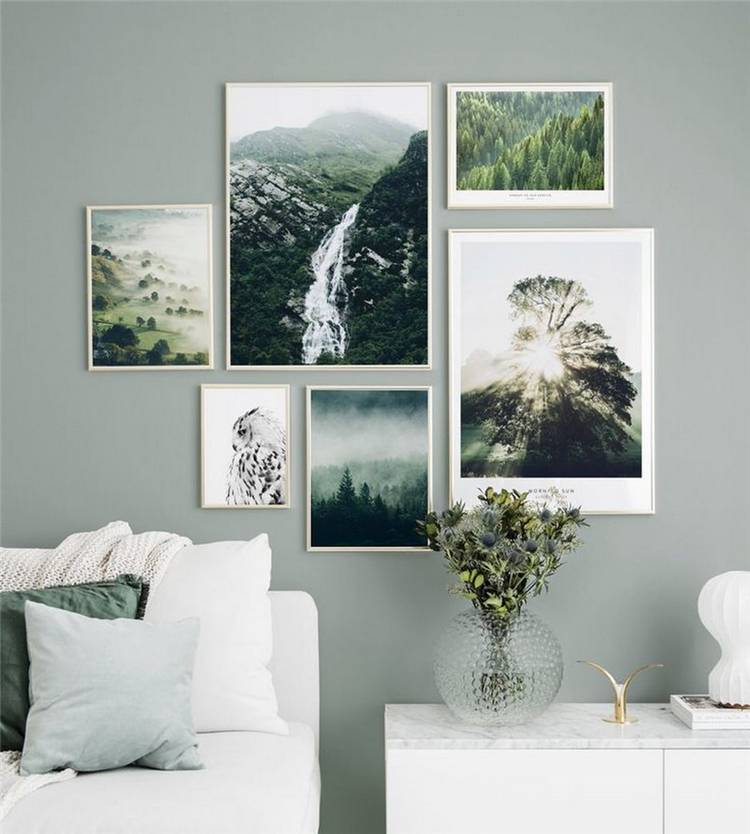
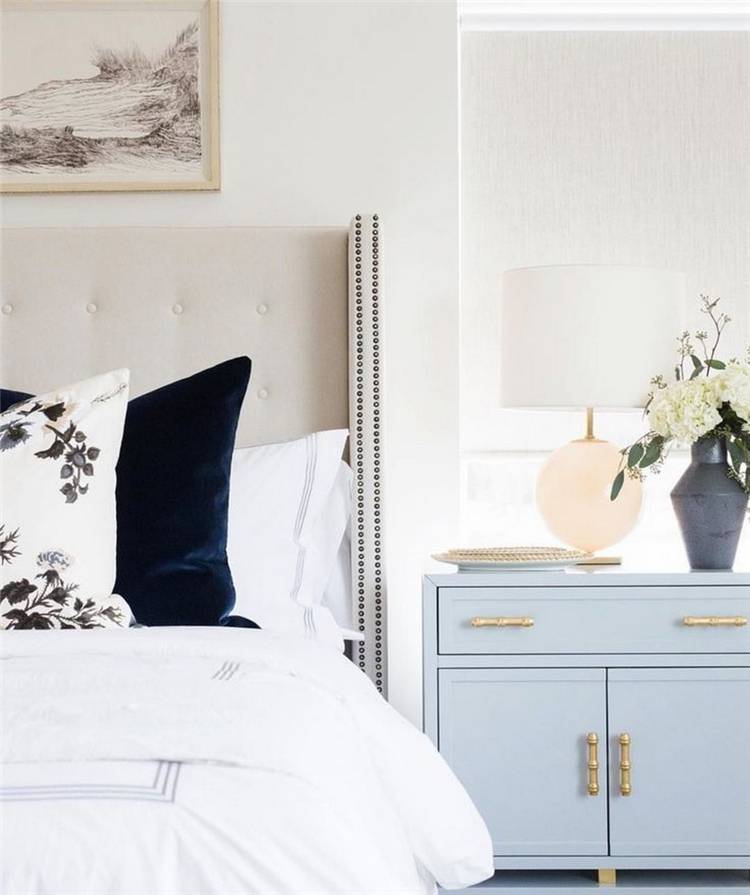
Master bedroom flooring ideas
It’s important to choose the right floor for your master bedroom. Not just to make the room look good, but to give yourself something nice to step onto first thing in the morning; No one wants to crawl out of bed onto a cold concrete floor. Most flooring types are available in multiple patterns and colours, so you should be able to find something that matches your chosen décor regardless of which material you choose. Hardwood flooring may work better for a more traditional style, while vinyl or tile may lend a more contemporary look.

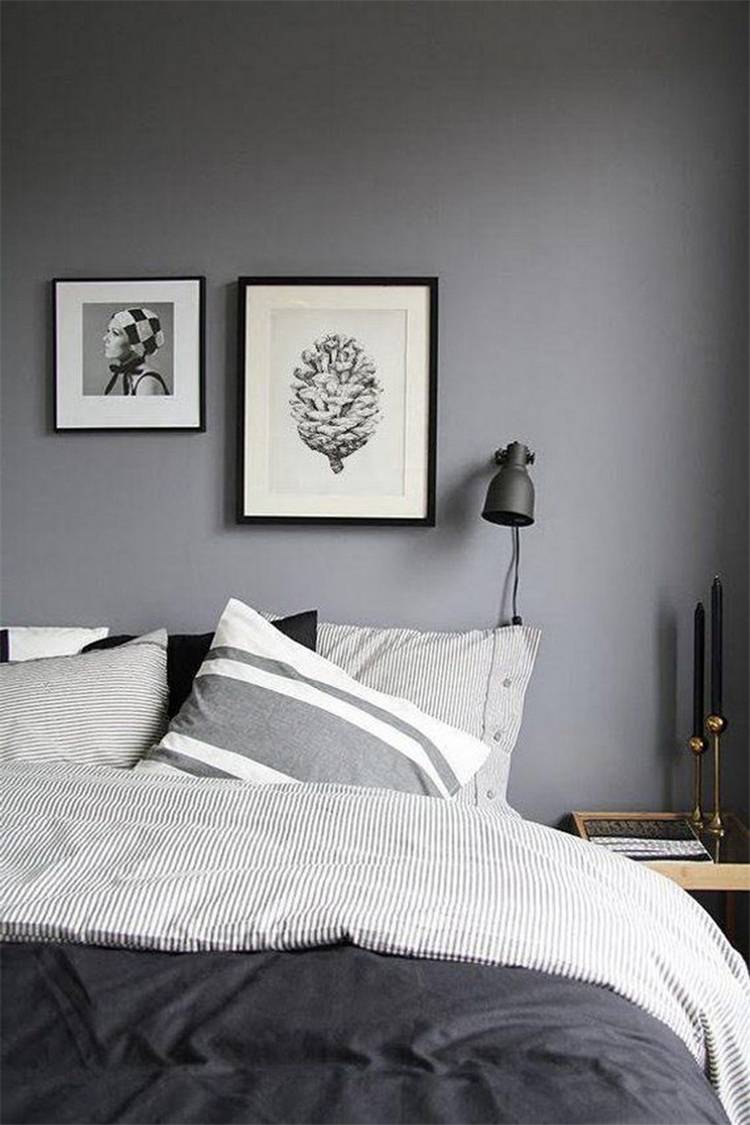
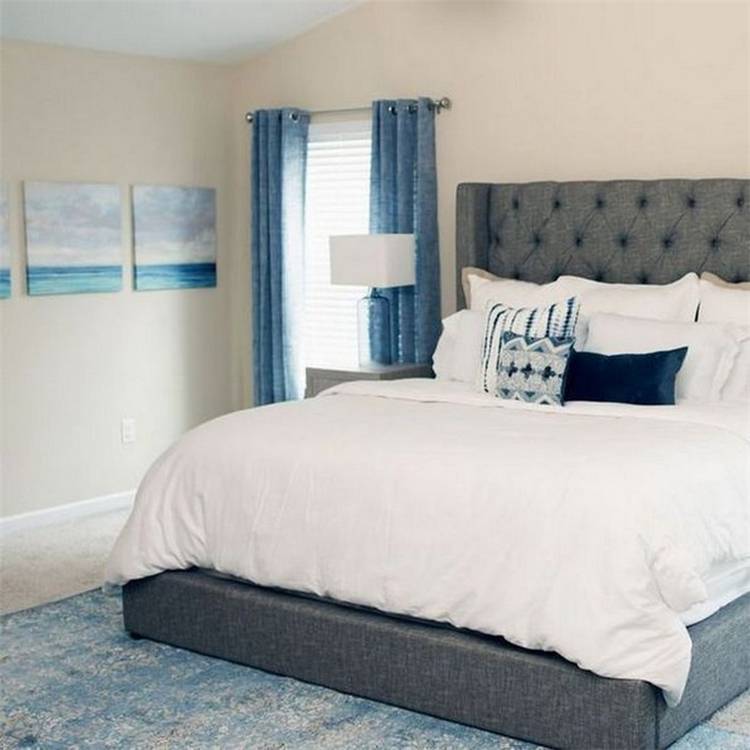
The flooring types that work in other rooms throughout the house will also work in the bedroom, but there are slightly different considerations.
- Carpet has long been a common choice for bedroom flooring, given its softness, warmth, and relatively low cost. However, carpet is harder to keep clean than solid floors.
- Laminate is an economical choice of flooring that works in almost any room. It’s cheap and low-maintenance, and available in virtually any colour or pattern. However, it’s cold to the touch and very hard, making it not as well-suited to bedrooms.
- Vinyl is another low-maintenance and relatively low-cost option. Vinyl is a petroleum product, so if you’re concerned about using sustainable materials, you may want to choose something else. Linoleum is a similar product made with more natural materials.
- Cork is an uncommon choice for flooring, though its popularity is rising. Cork is soft, warm, and low-maintenance. It’s pricey, though, and can be susceptible to damage.
- Hardwood is at the apex of floor materials. It adds value to the home, it looks great, and it’s durable. Of course, it’s also expensive.
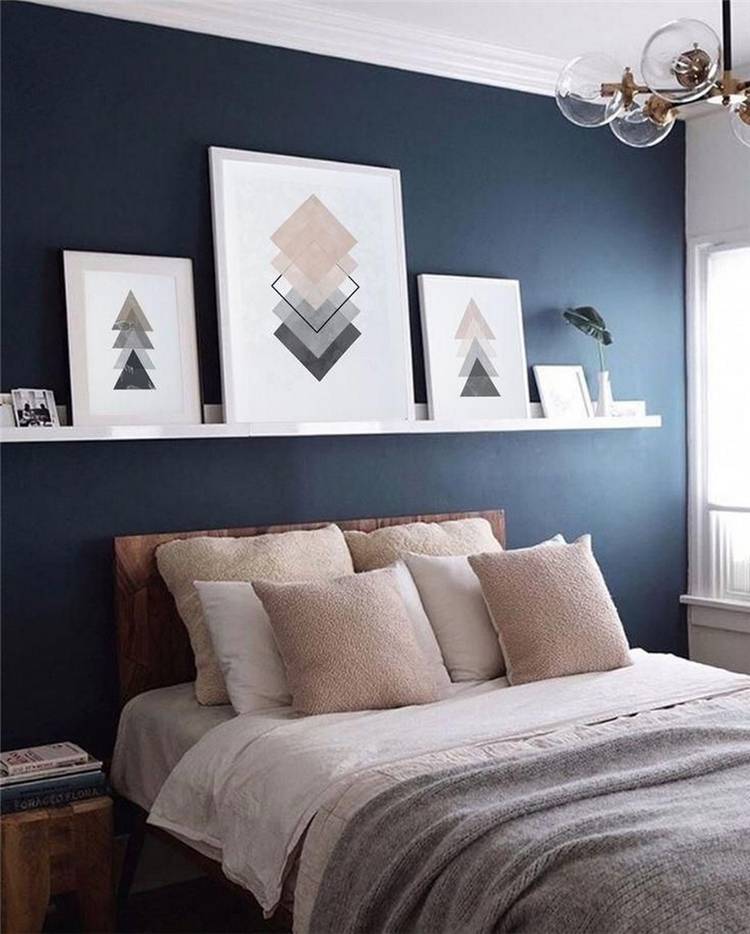
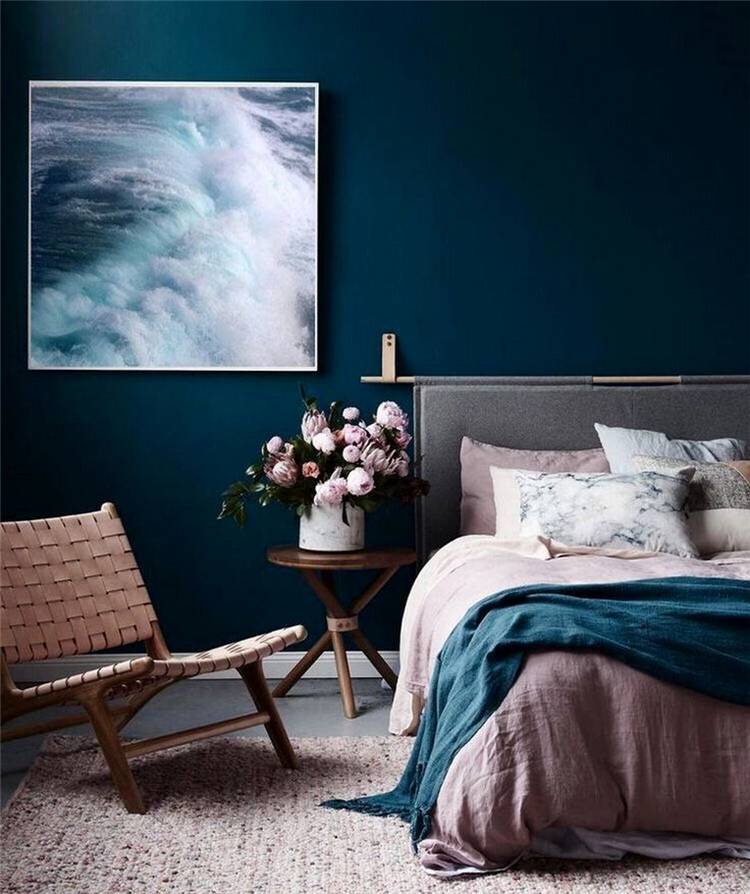

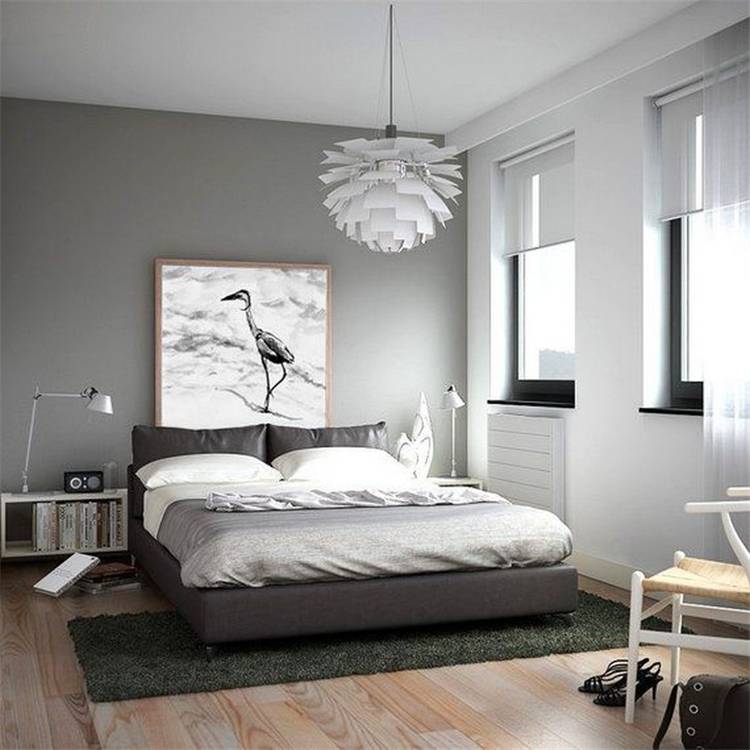
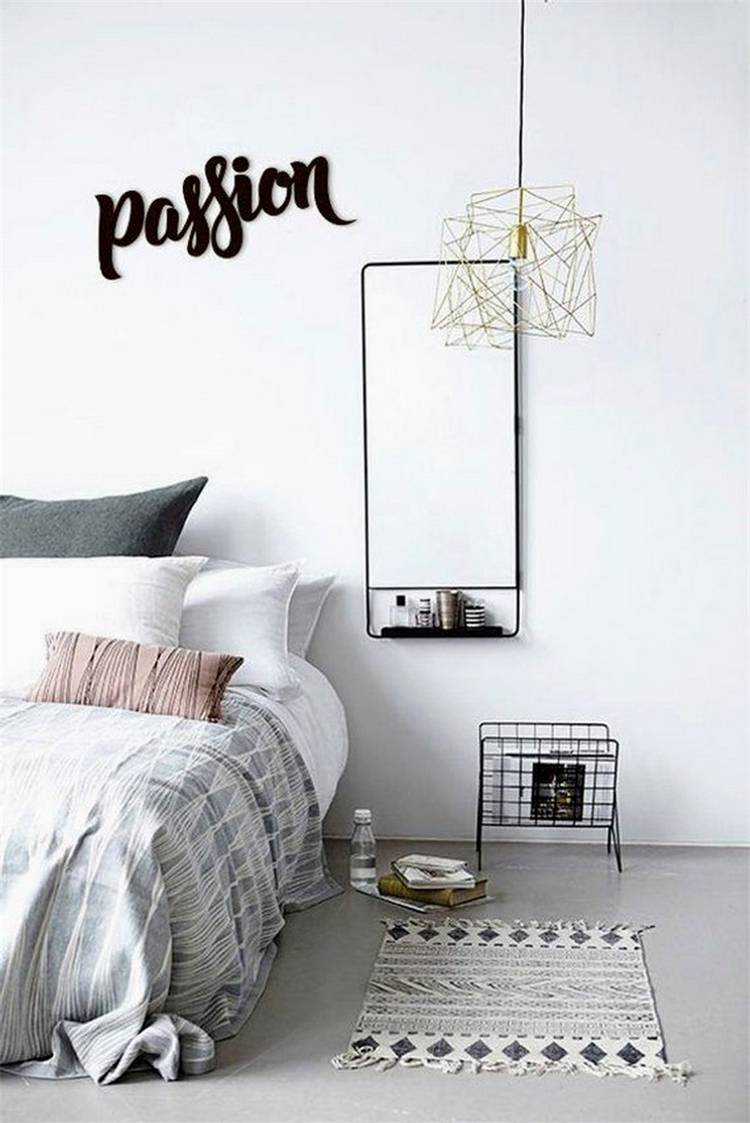
Ceiling ideas
The bedroom is the place in the house where you’re most likely to find yourself staring at the ceiling, so it makes sense to give the ceiling design plenty of consideration. Adding a pattern or colour to the ceiling helps make the room feel more comfortable and intimate. A lighter version of the wall colour is a good choice, though you may also choose one that provides a stronger contrast.
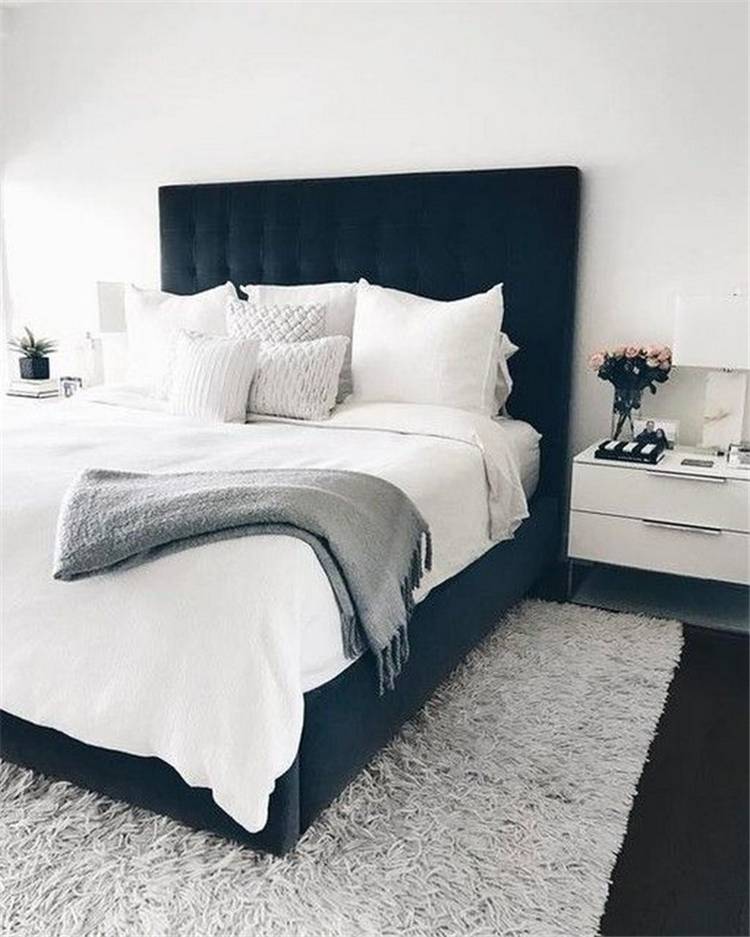
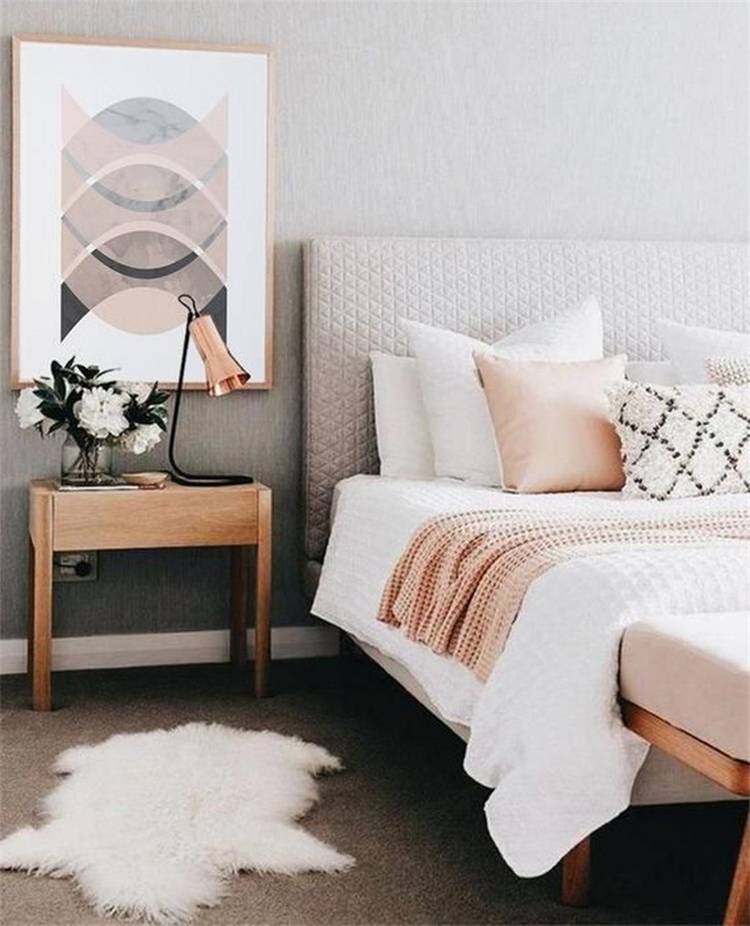
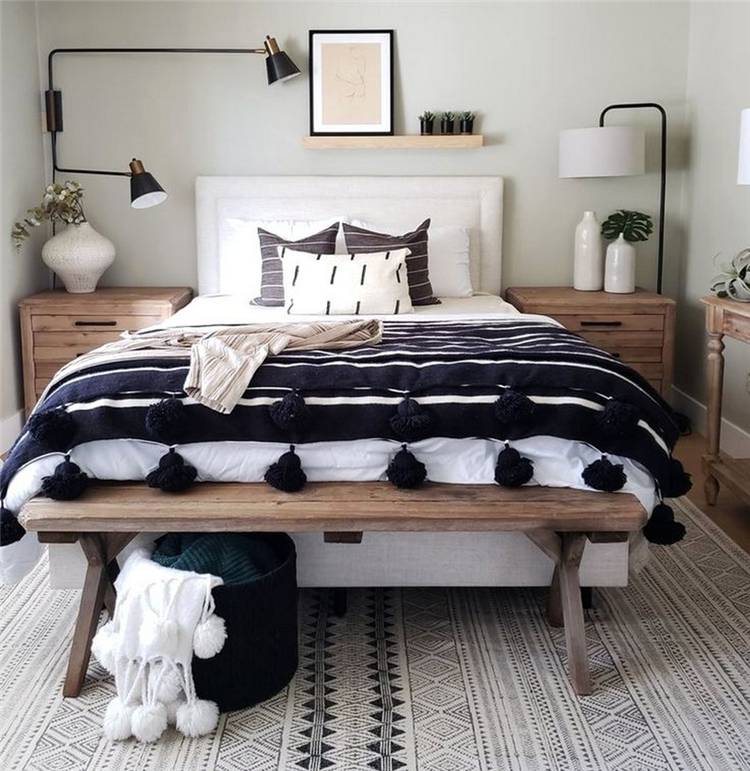
If your master bedroom’s ceiling features prominent architectural elements, such as beams or trays, make sure to take advantage of them. Beams of exposed wood impart a rustic look to the room, while painted beams look contemporary. A tray ceiling helps make a small room feel larger, or adds a touch of visual detail to large rooms.
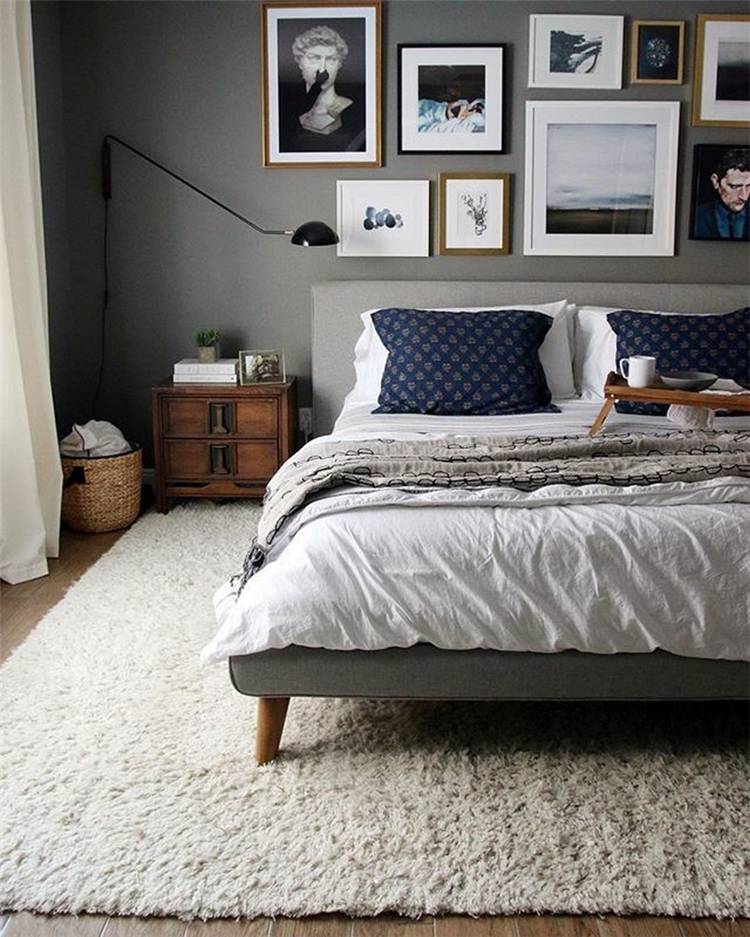

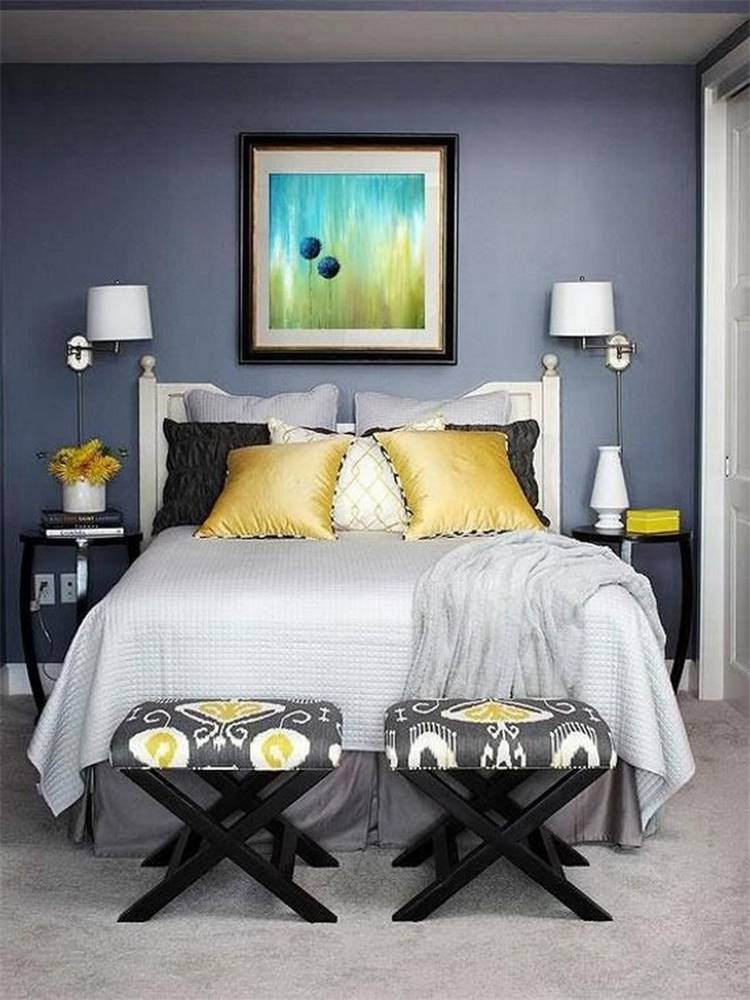
Layout ideas
Once you’ve got your furniture and accessories together, the next step is to decide where everything goes. Unless your master bedroom is enormous, it’s a good idea to limit your furnishings to only the essentials: one bed, two bedside tables, a dresser, and perhaps a chair. Depending on your closet size and design, you may wish to have a chest of drawers inside it. If you have a very large room, you can consider extra additions like a desk, a reading chair, or extra shelving for storage.

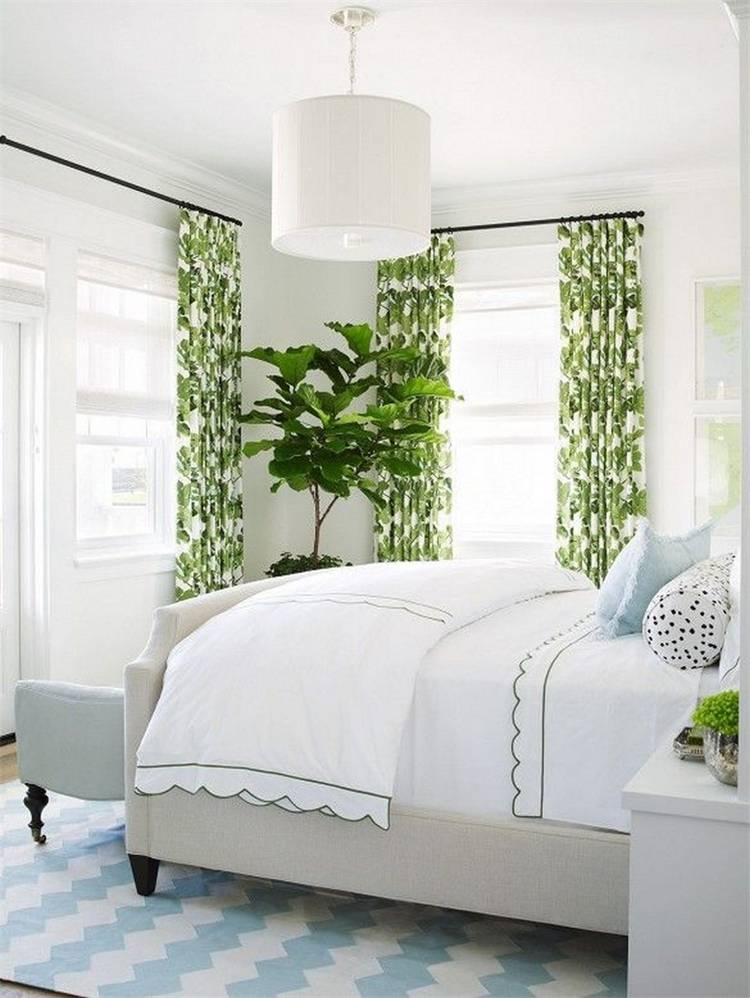

When arranging your furniture, start by deciding where your bed will go. After all, the bed is kind of the most important thing in the bedroom. The bed is normally placed on the wall opposite the door, or on the room’s longest windowless wall. You are more than welcome to place your bed near a window, but be aware that it may get drafty during cold winter weather.
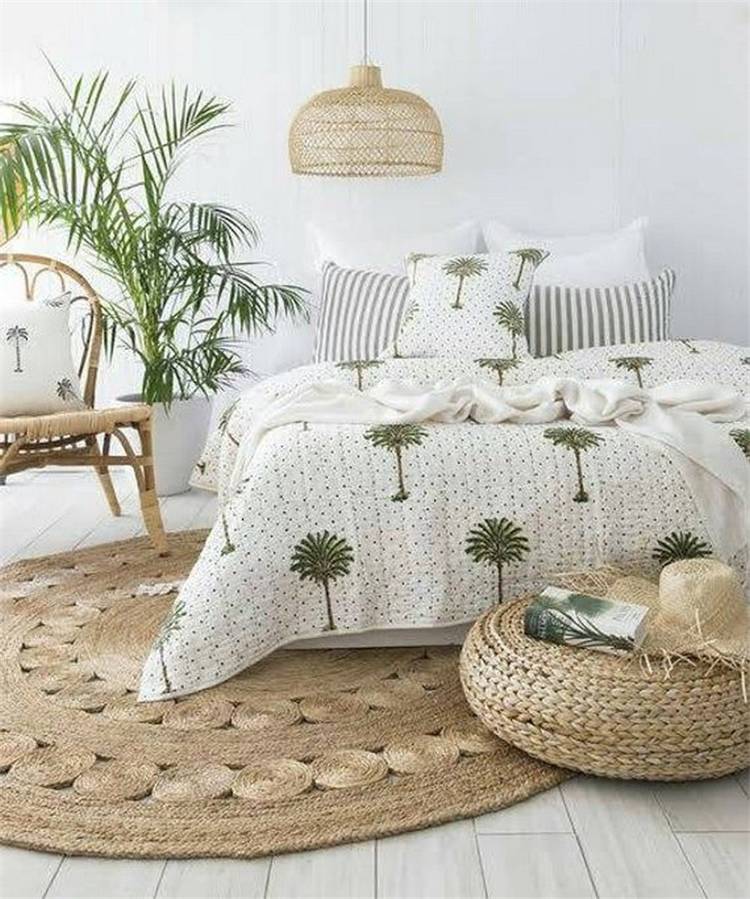

With the bed situated, continue placing furniture in order of size from largest to smallest. Bedside tables are easy, since their location is also their name. The dresser can sit along whichever wall has room for it, but remember to leave room for walking; there should be at least 1 metre of walking space between the bed and adjacent walls or furniture. If you have a large master bedroom, try to subdivide it into different functional areas like a bed area, a dressing area, and a desk area, for example.
